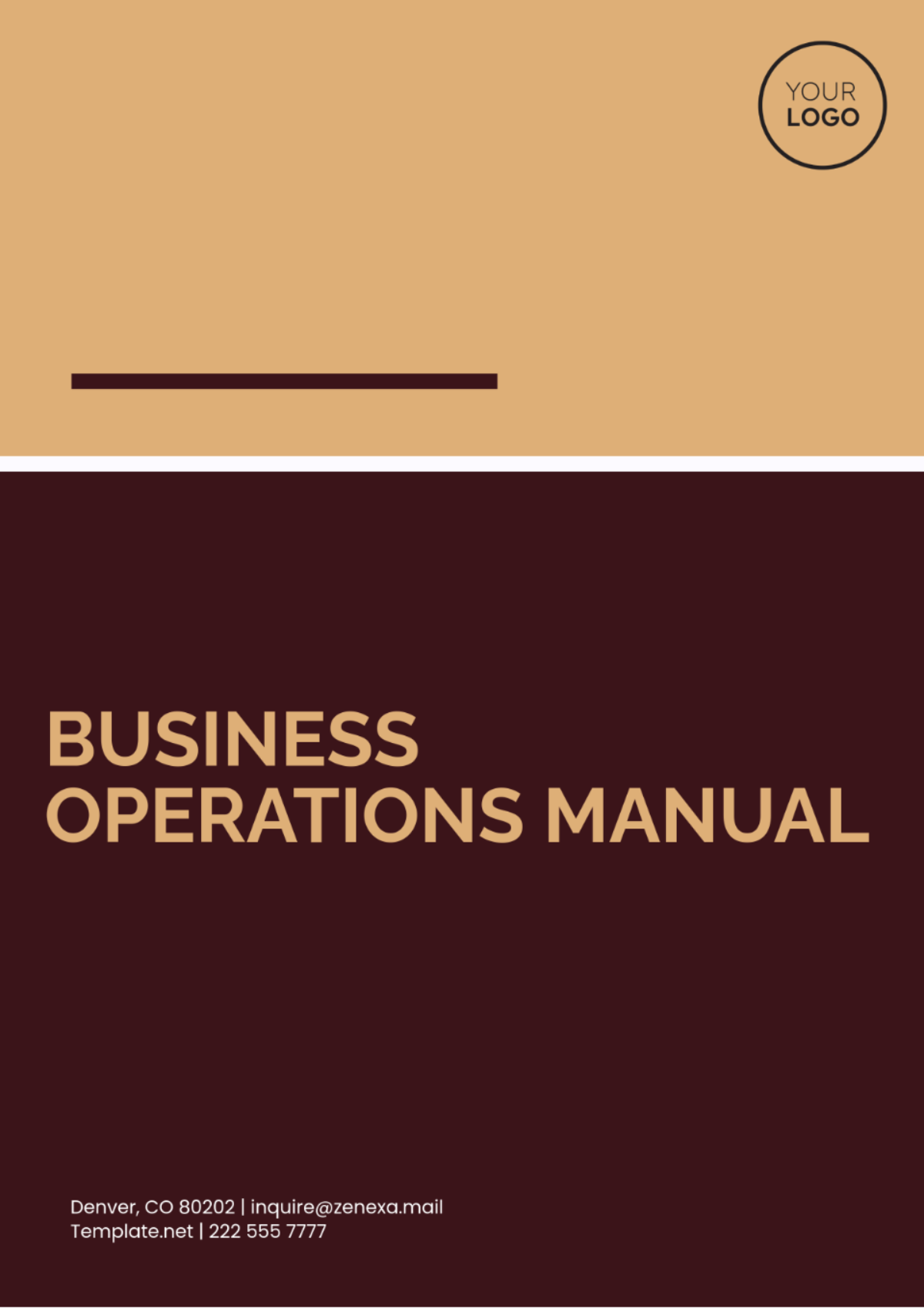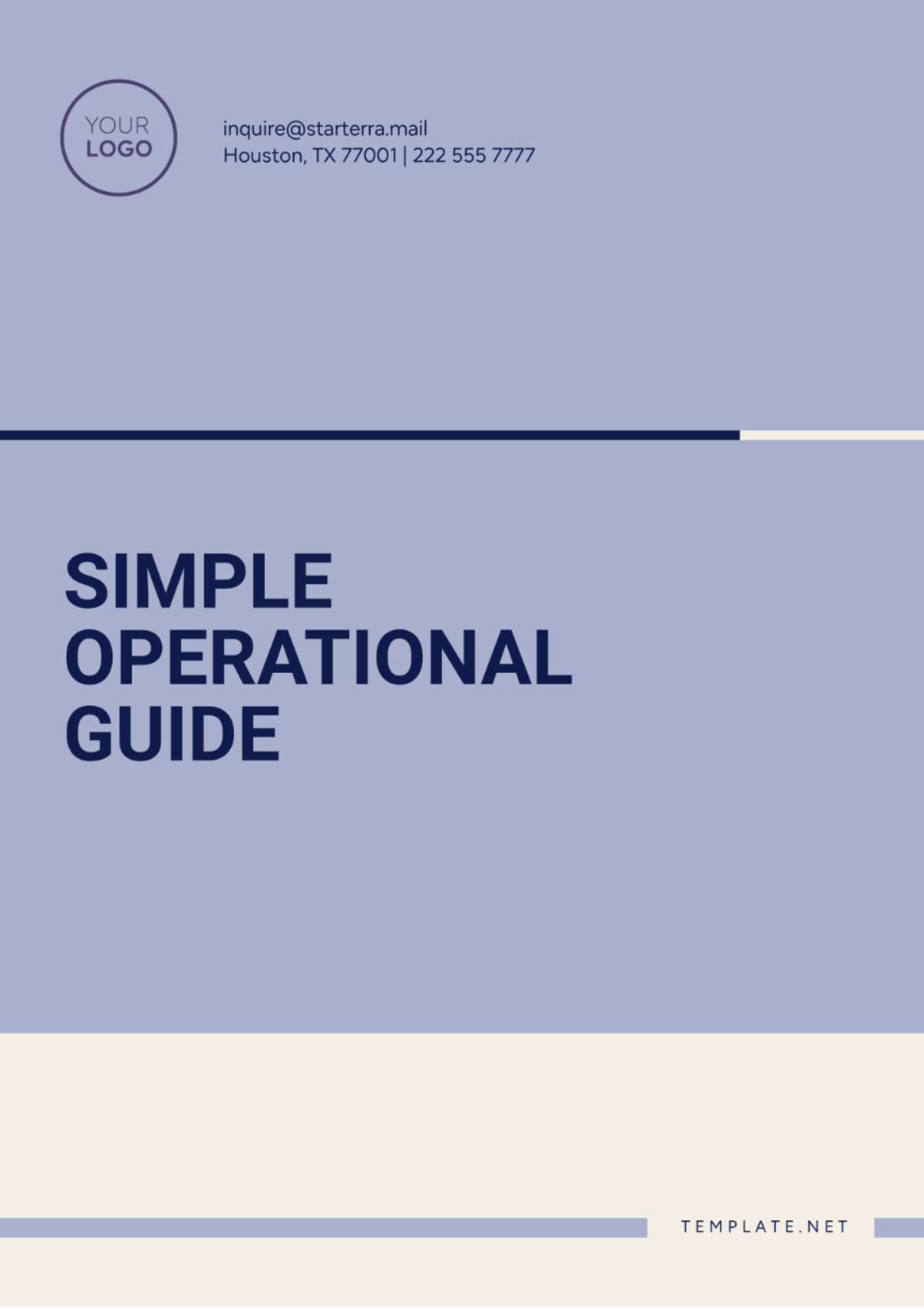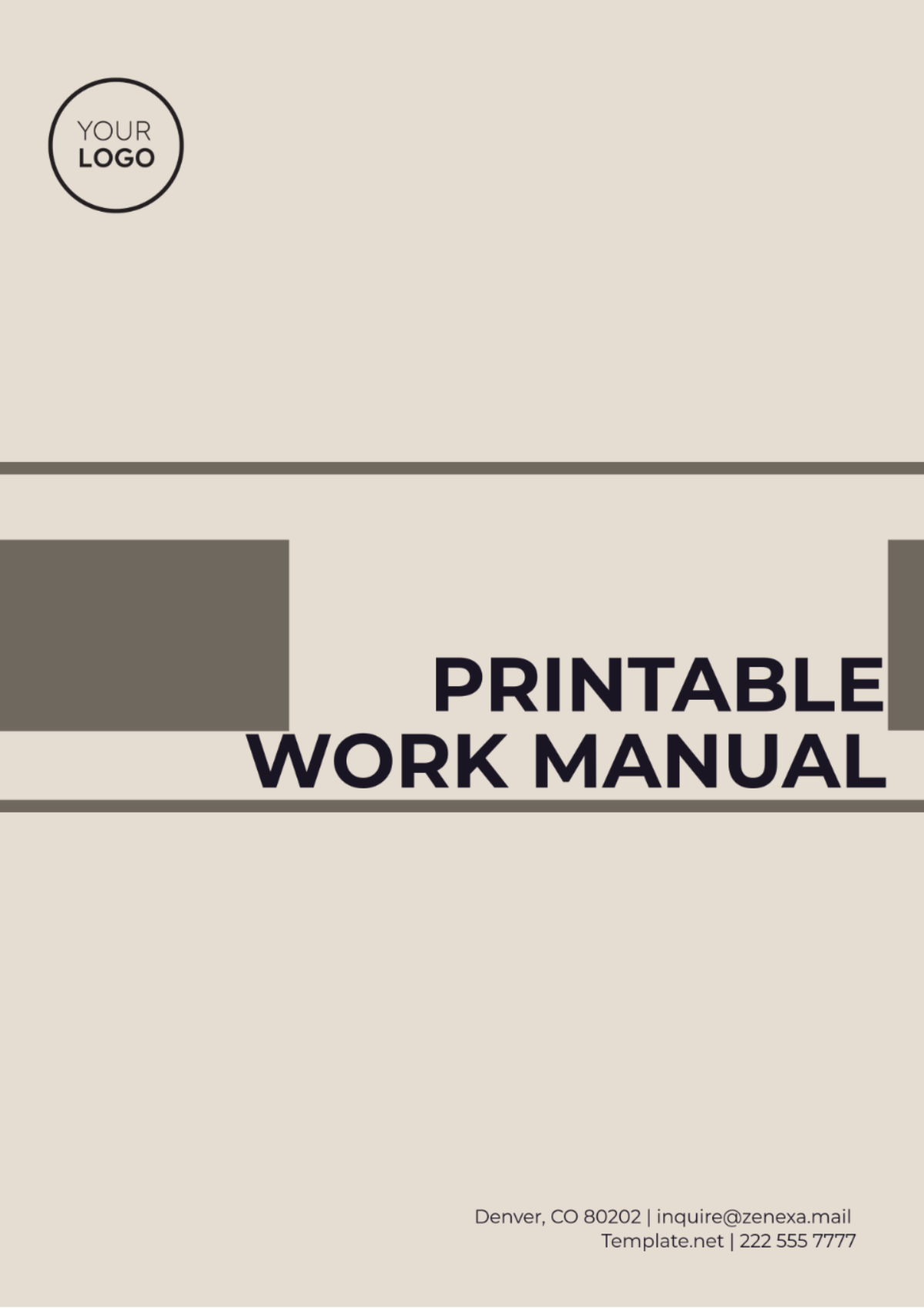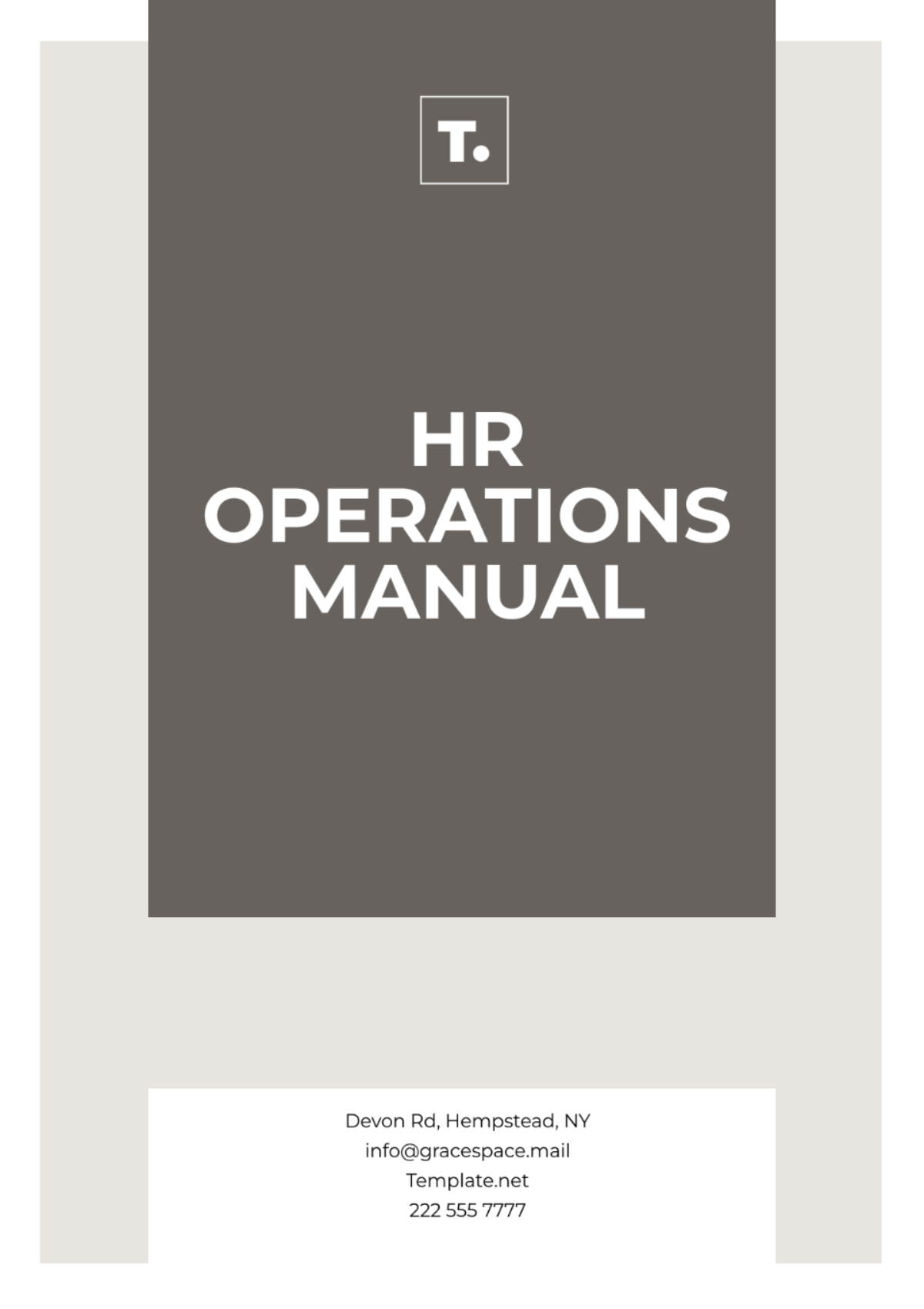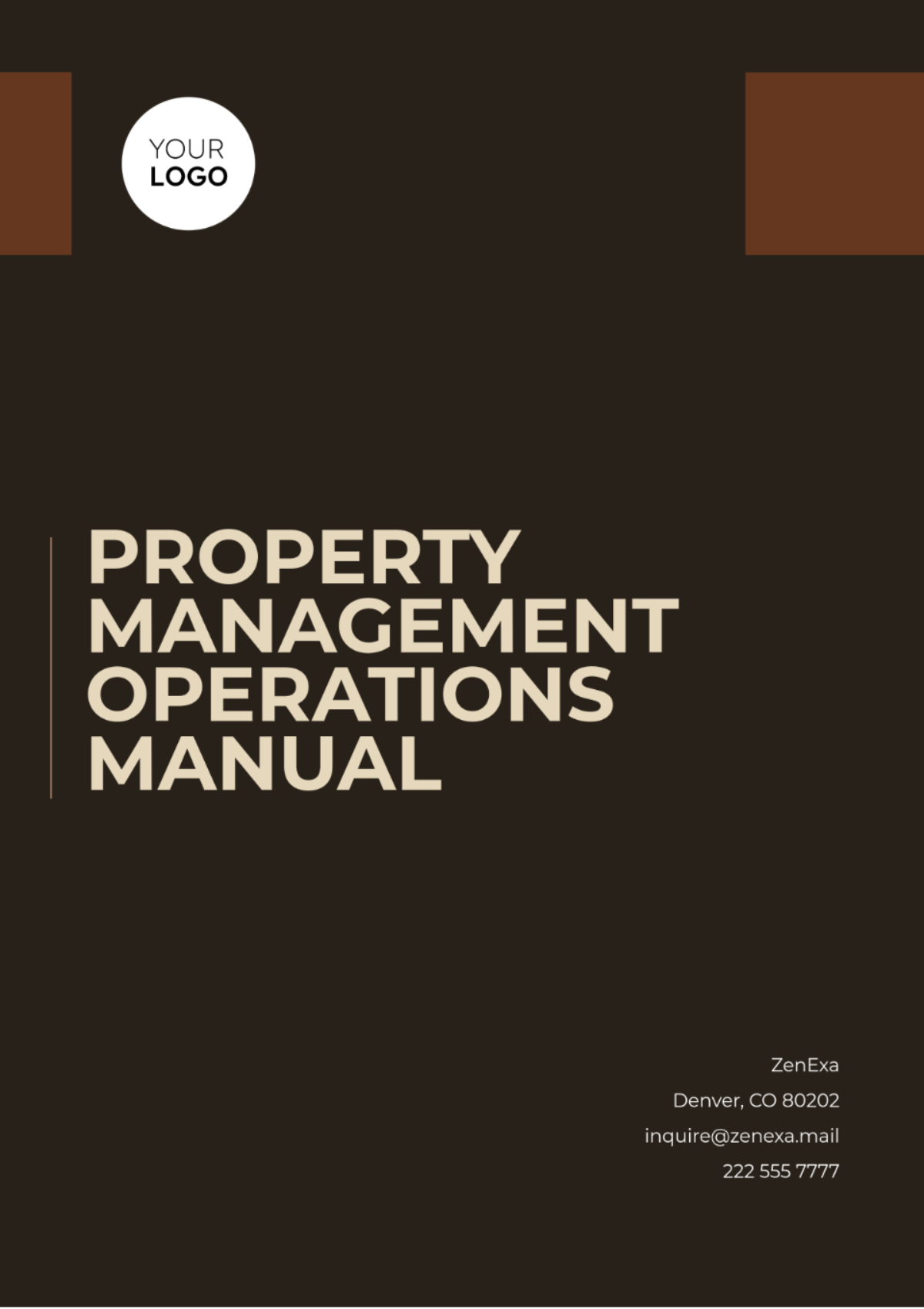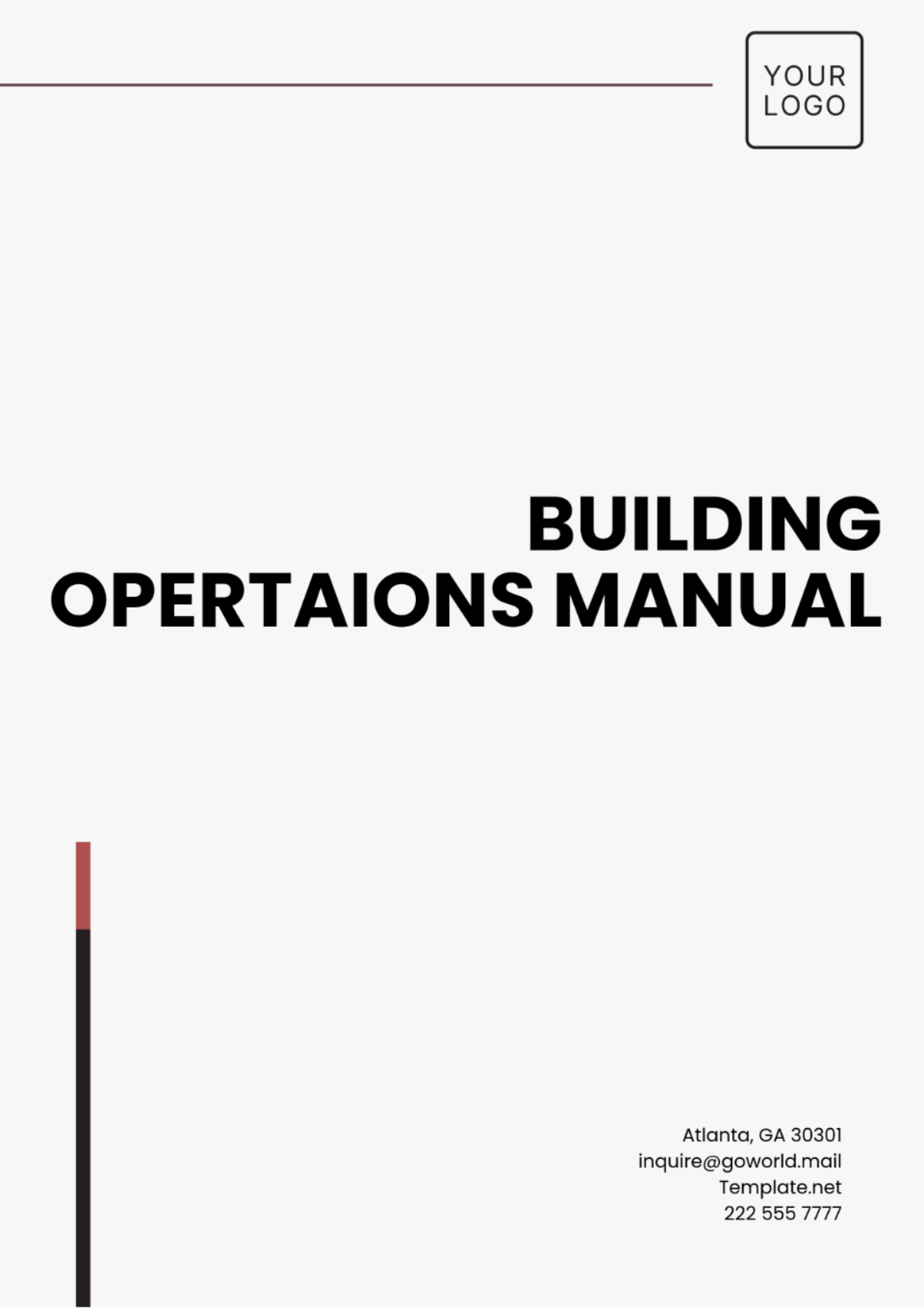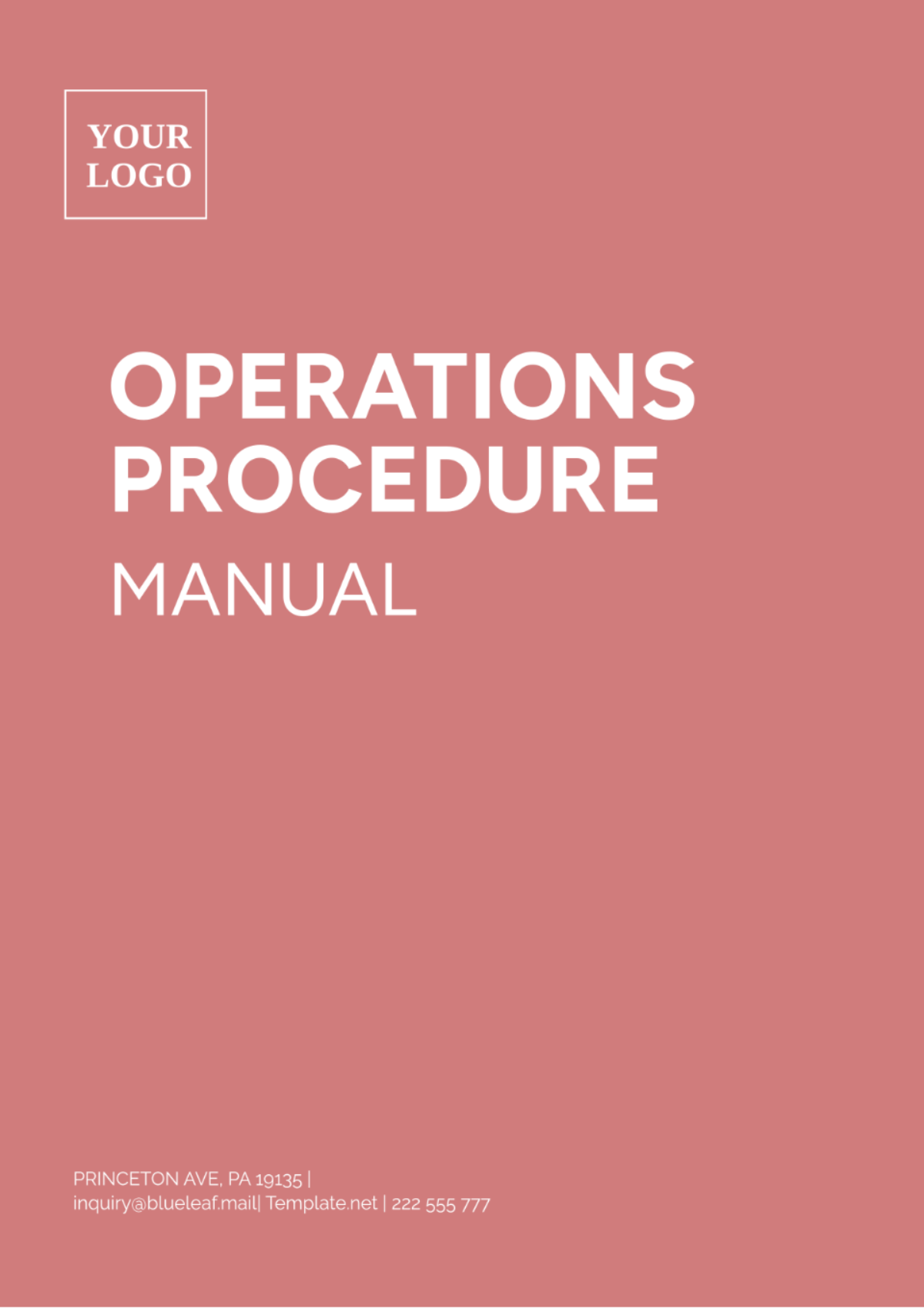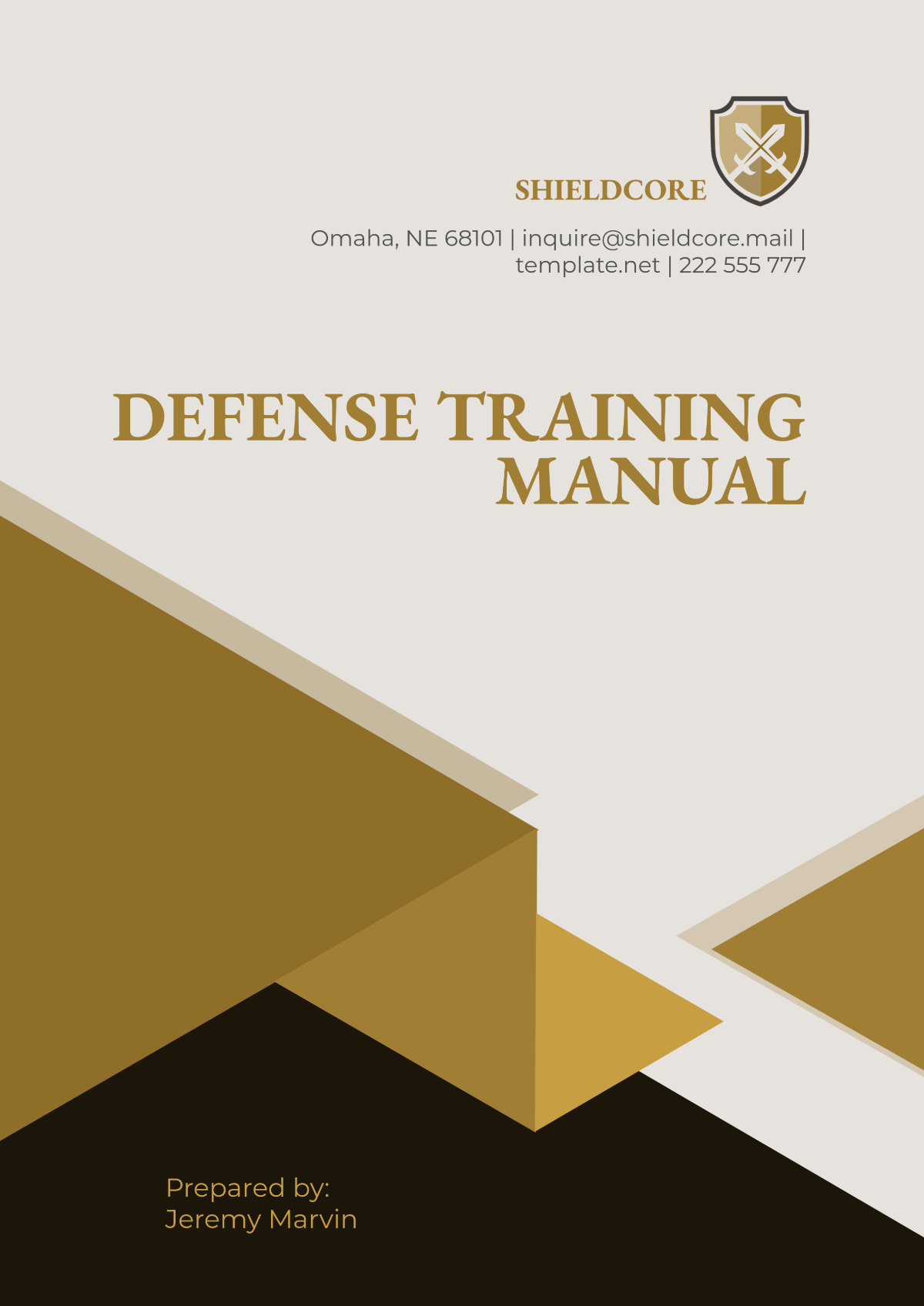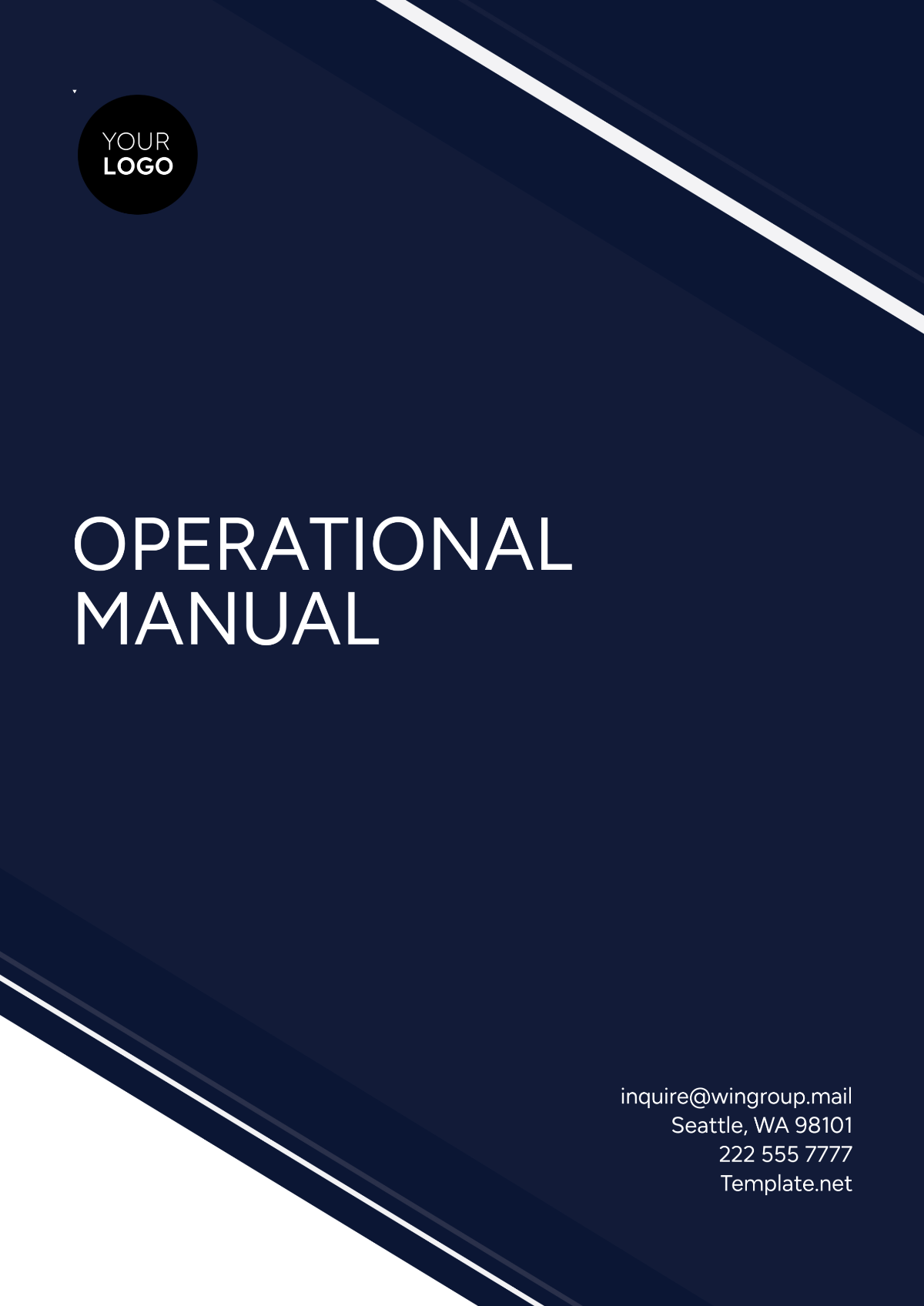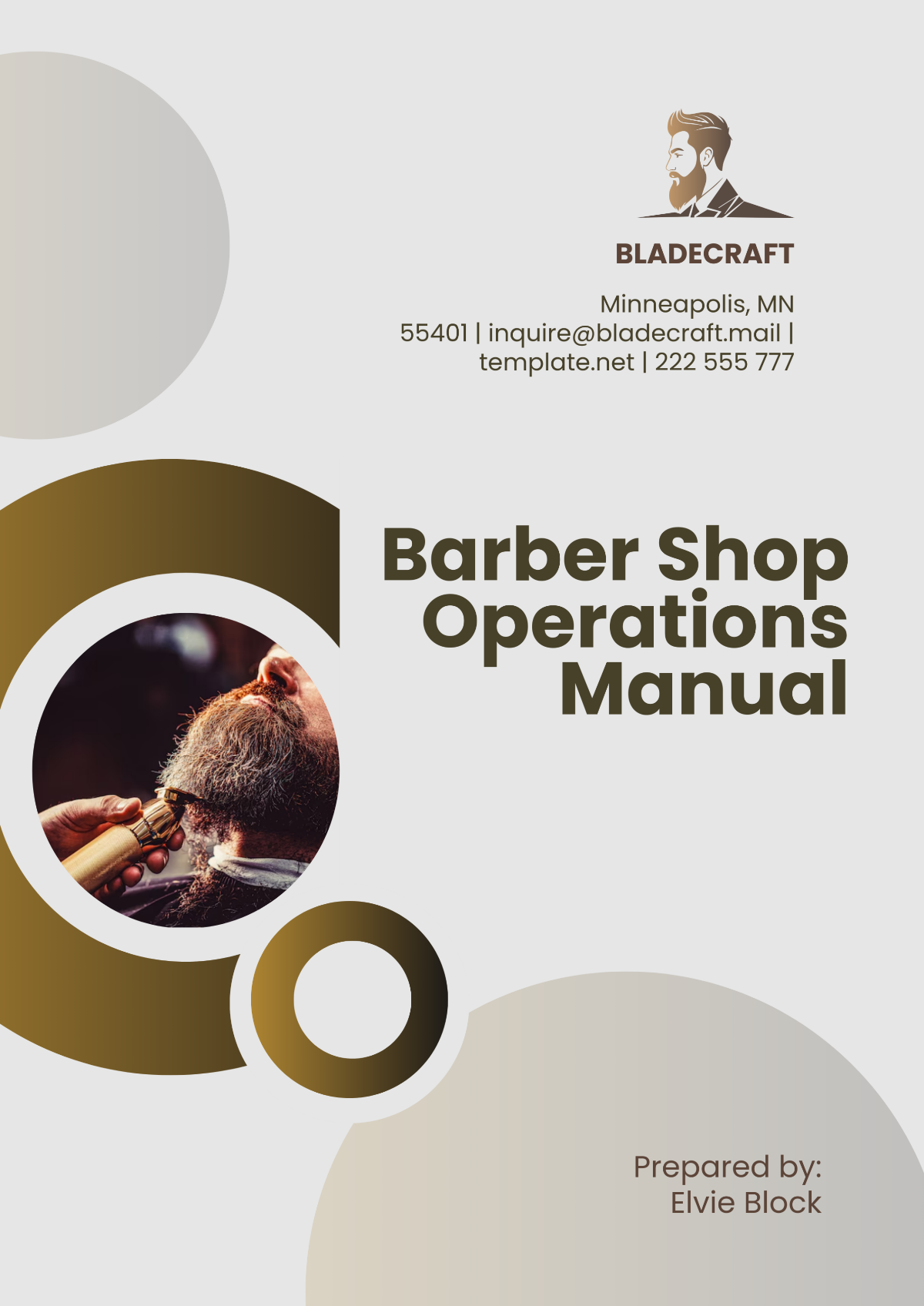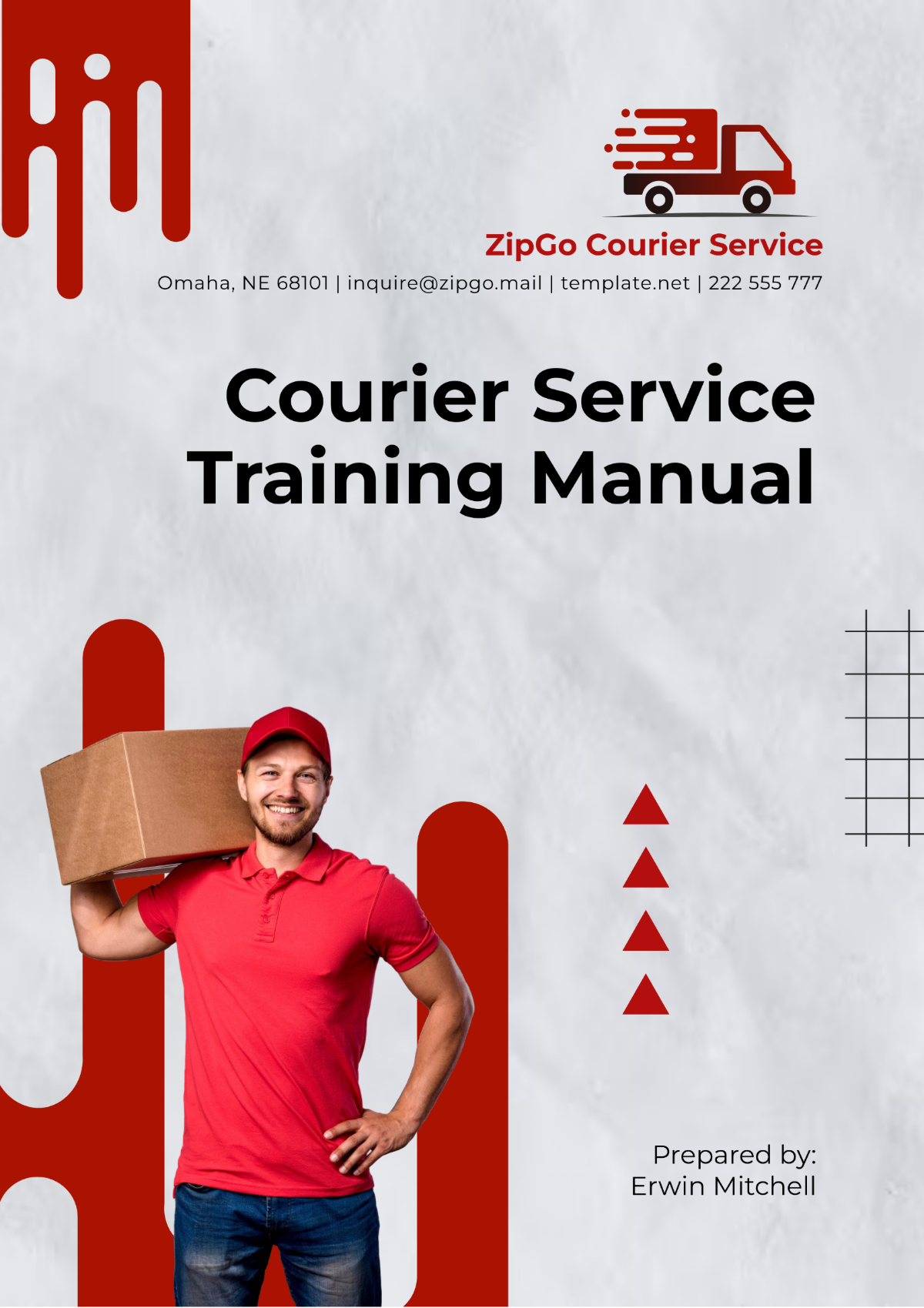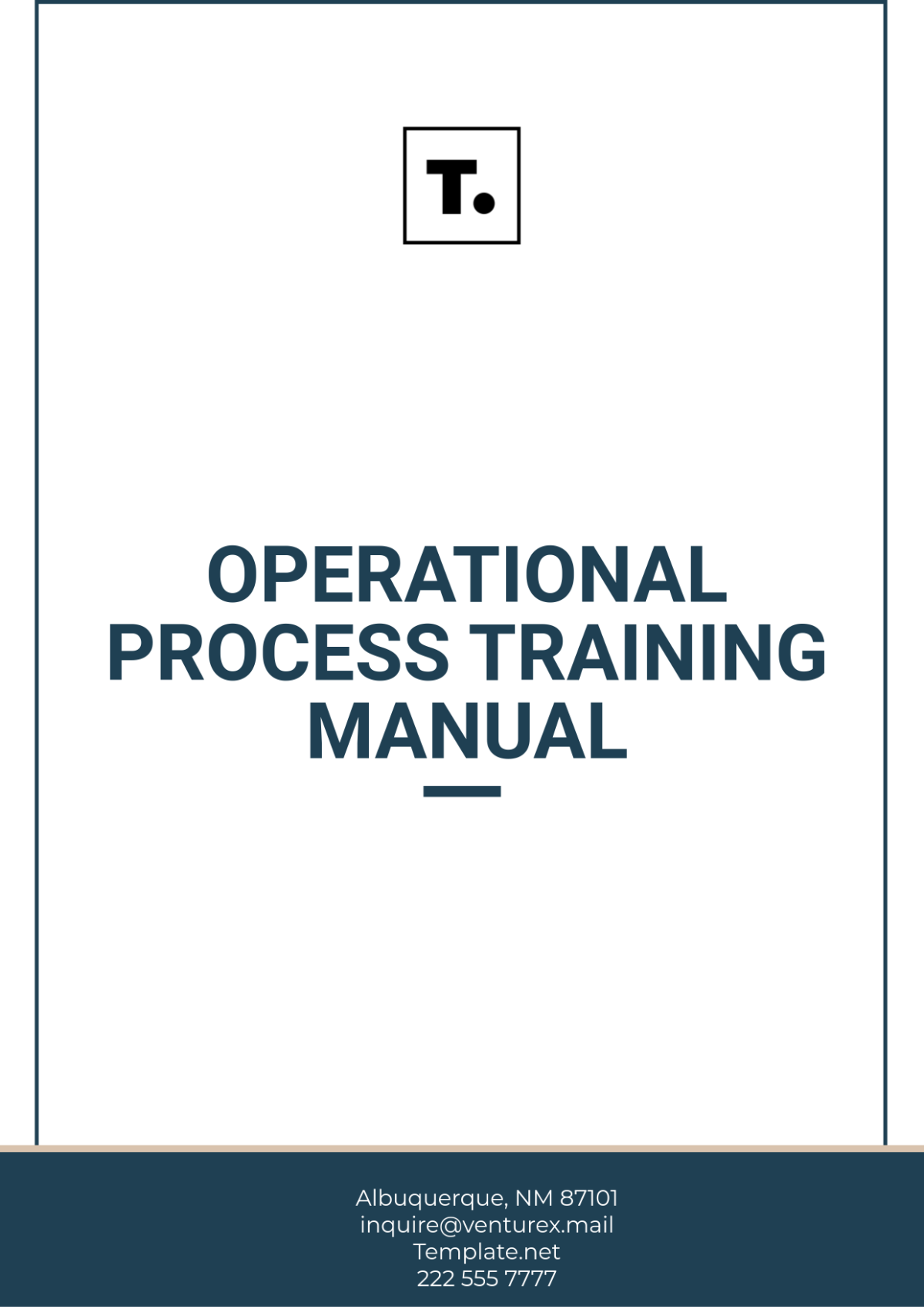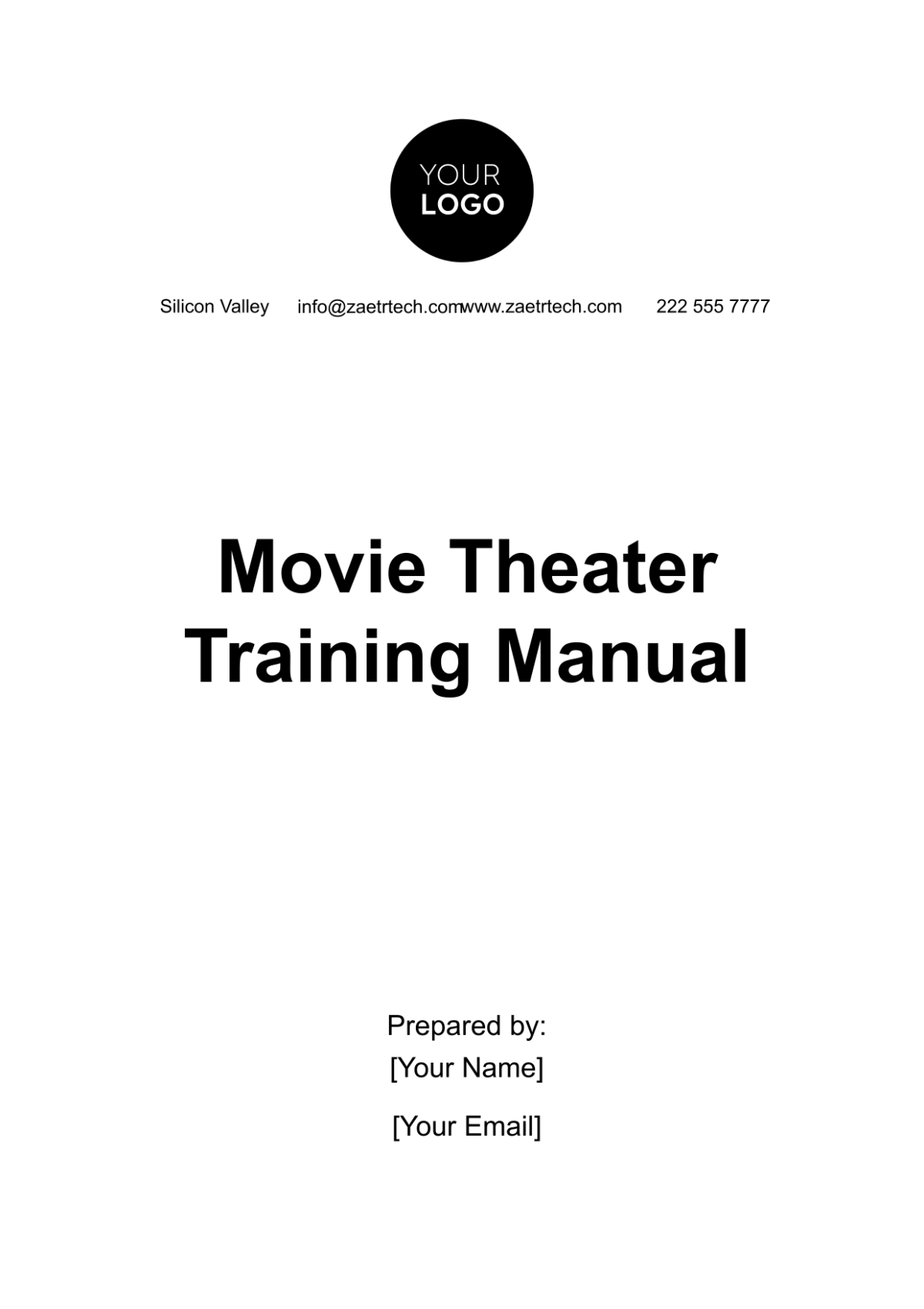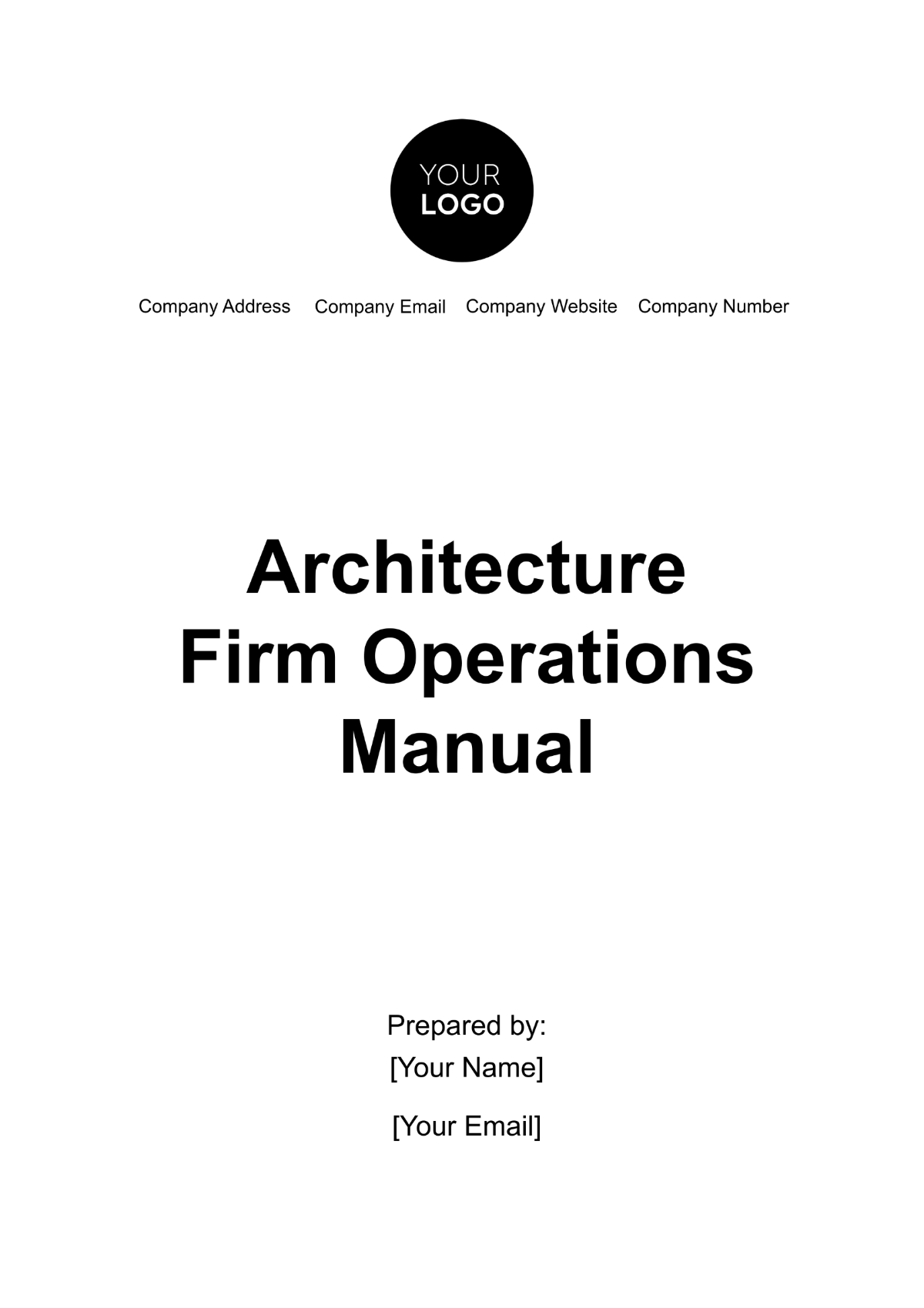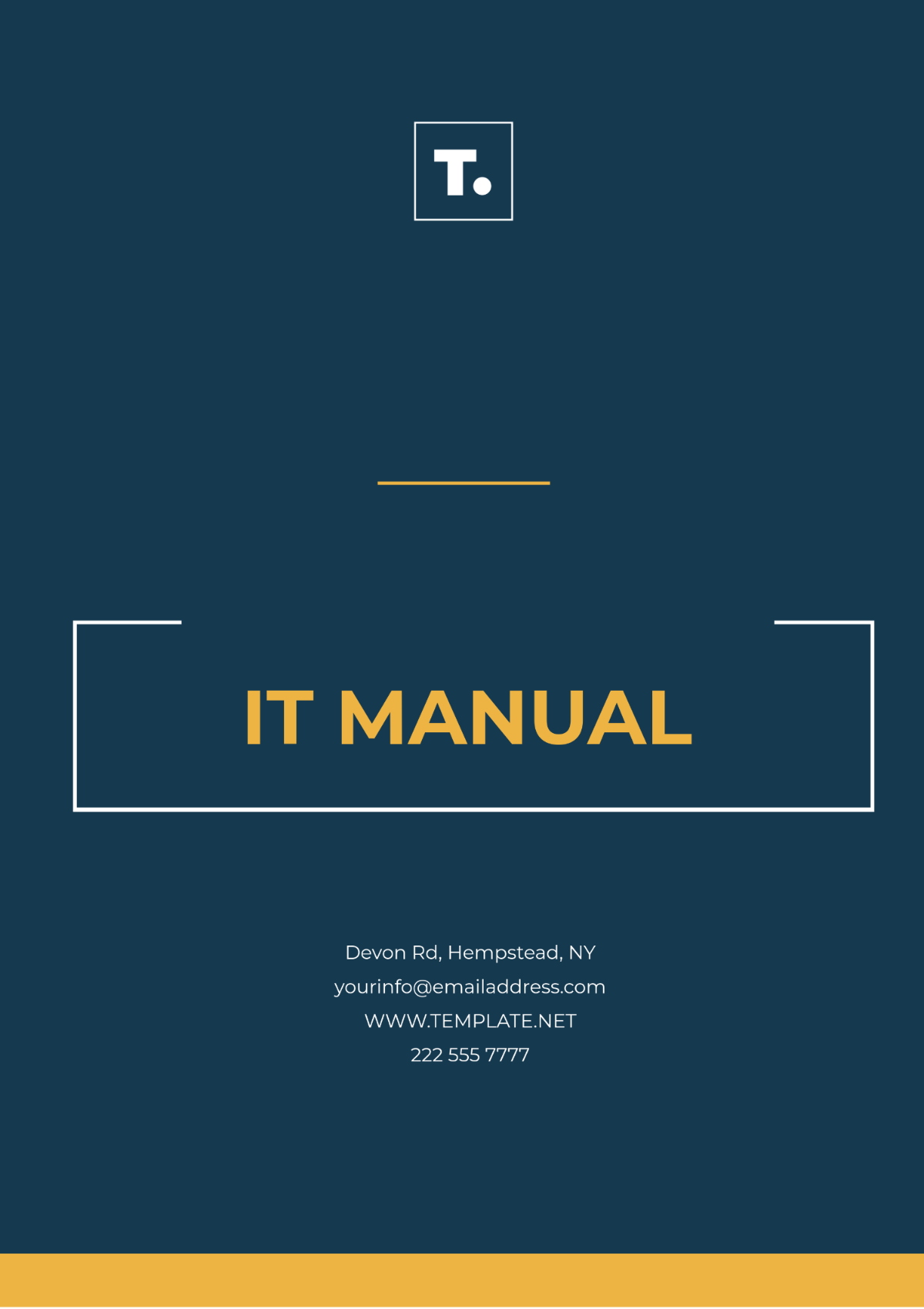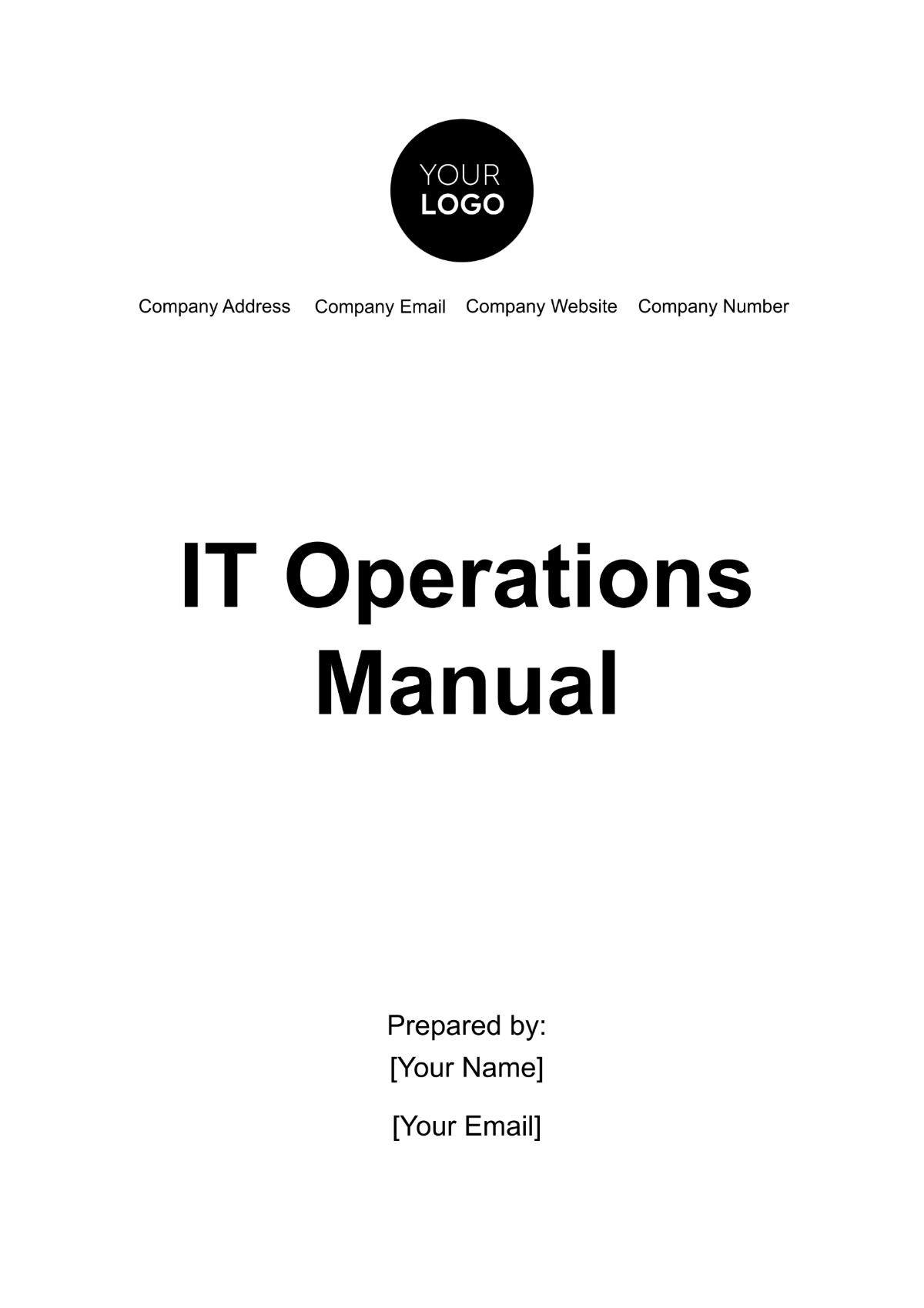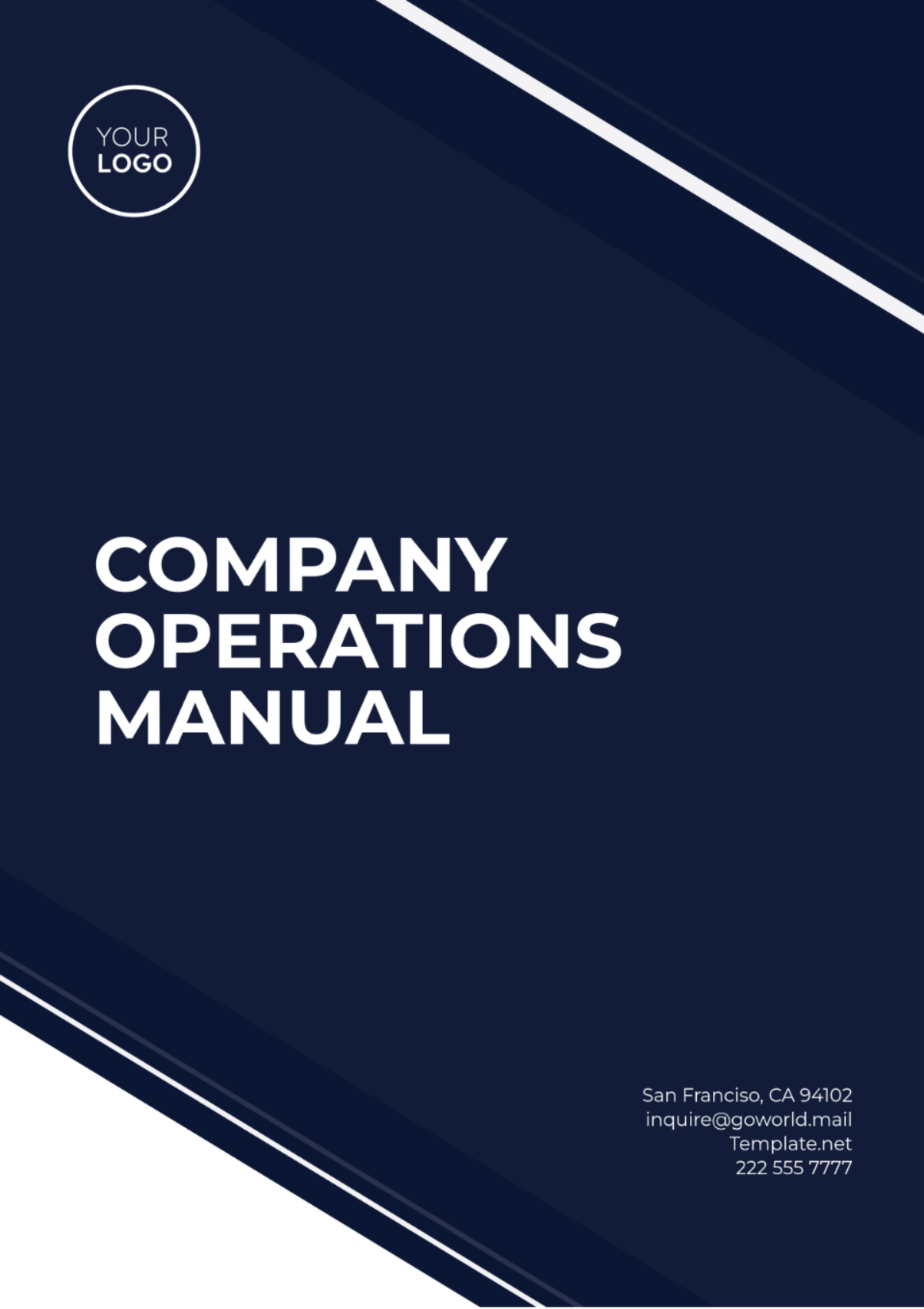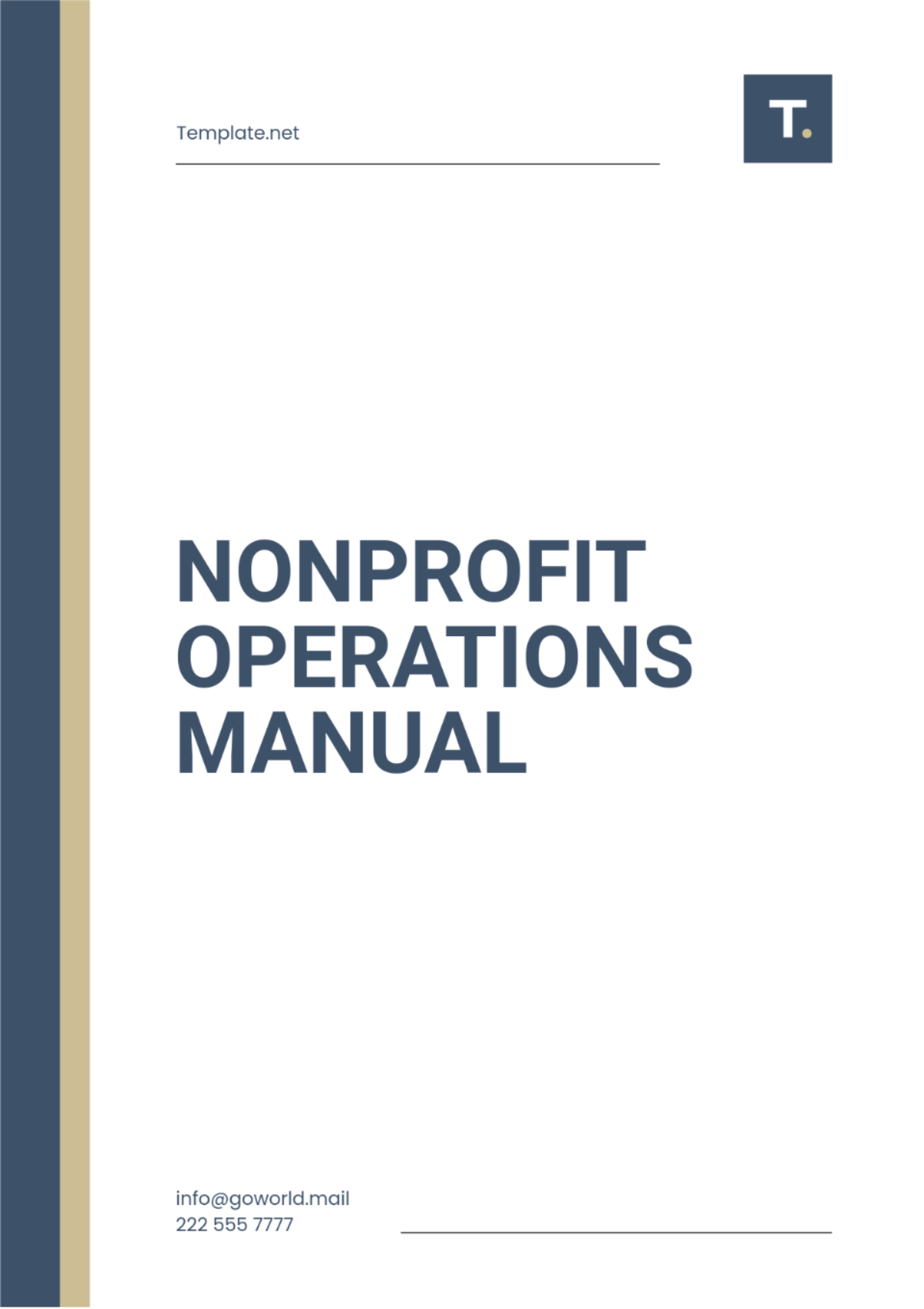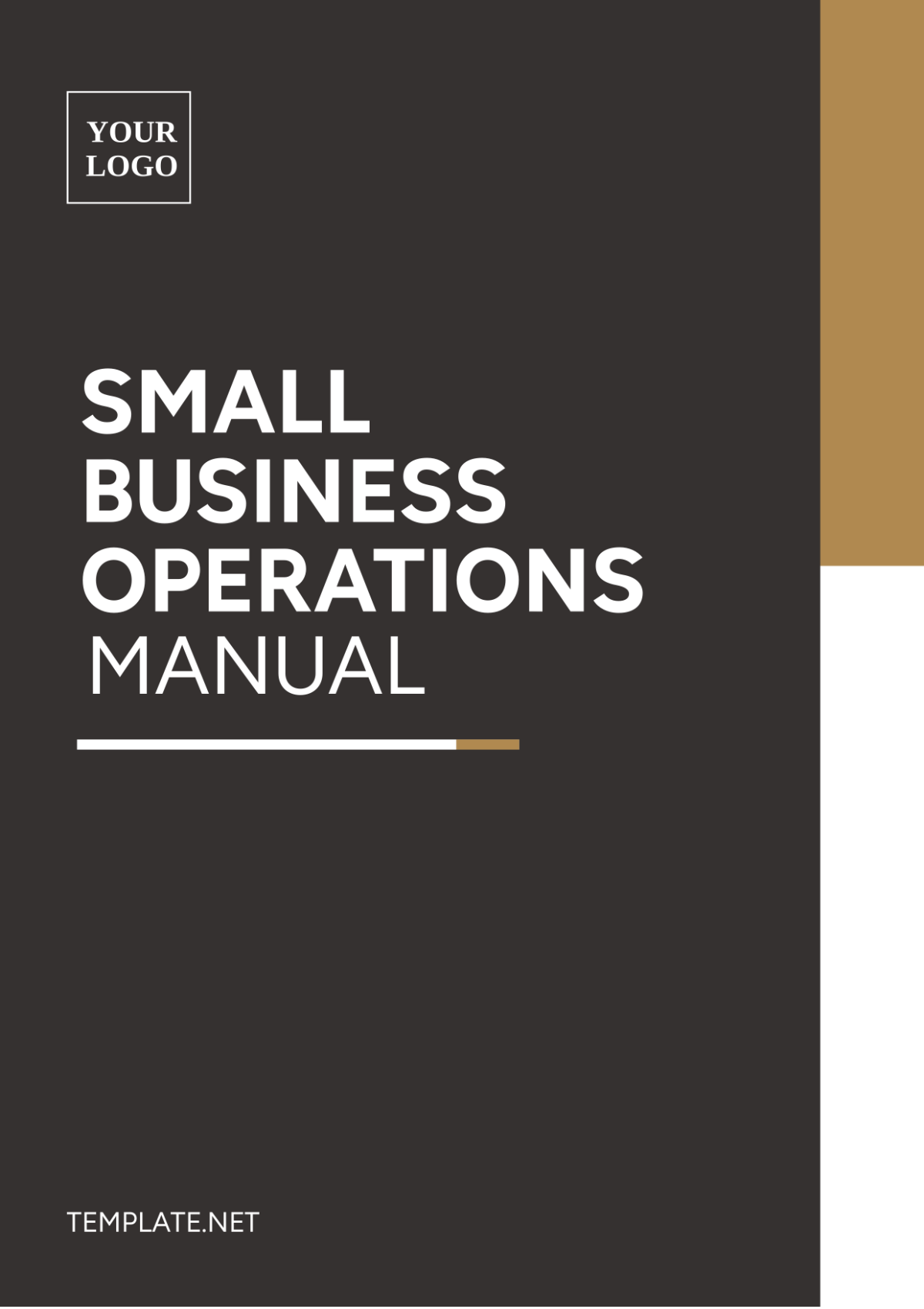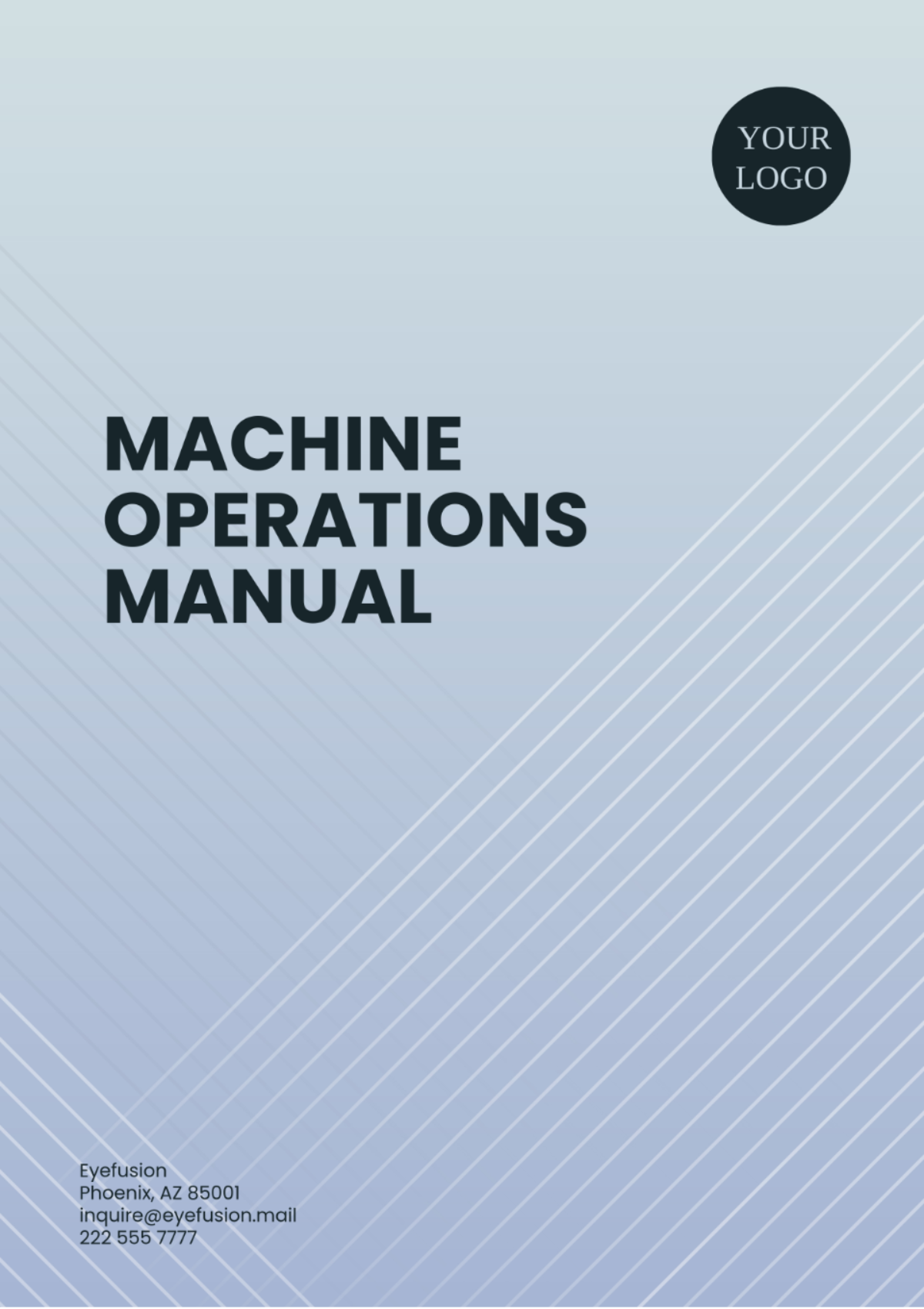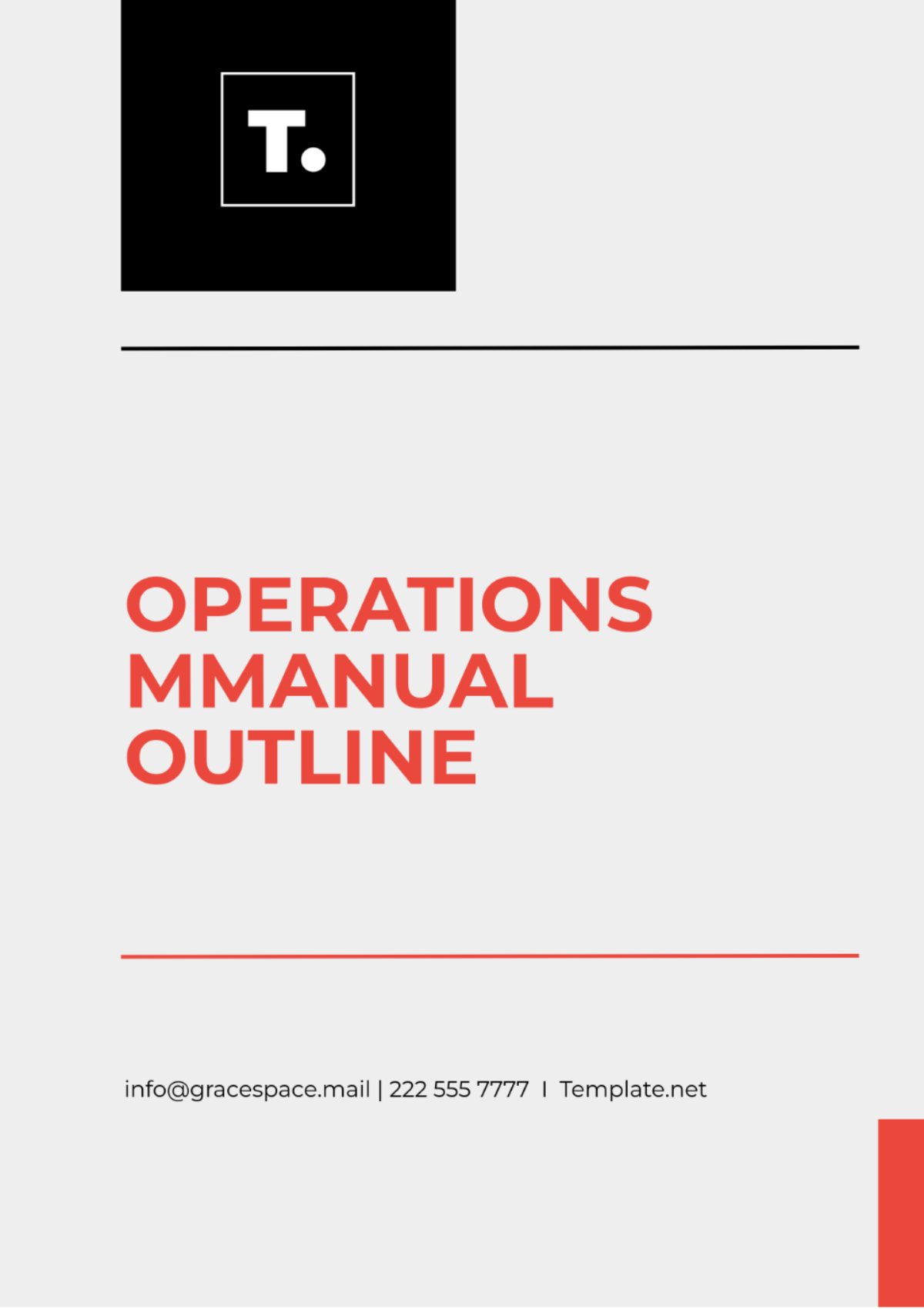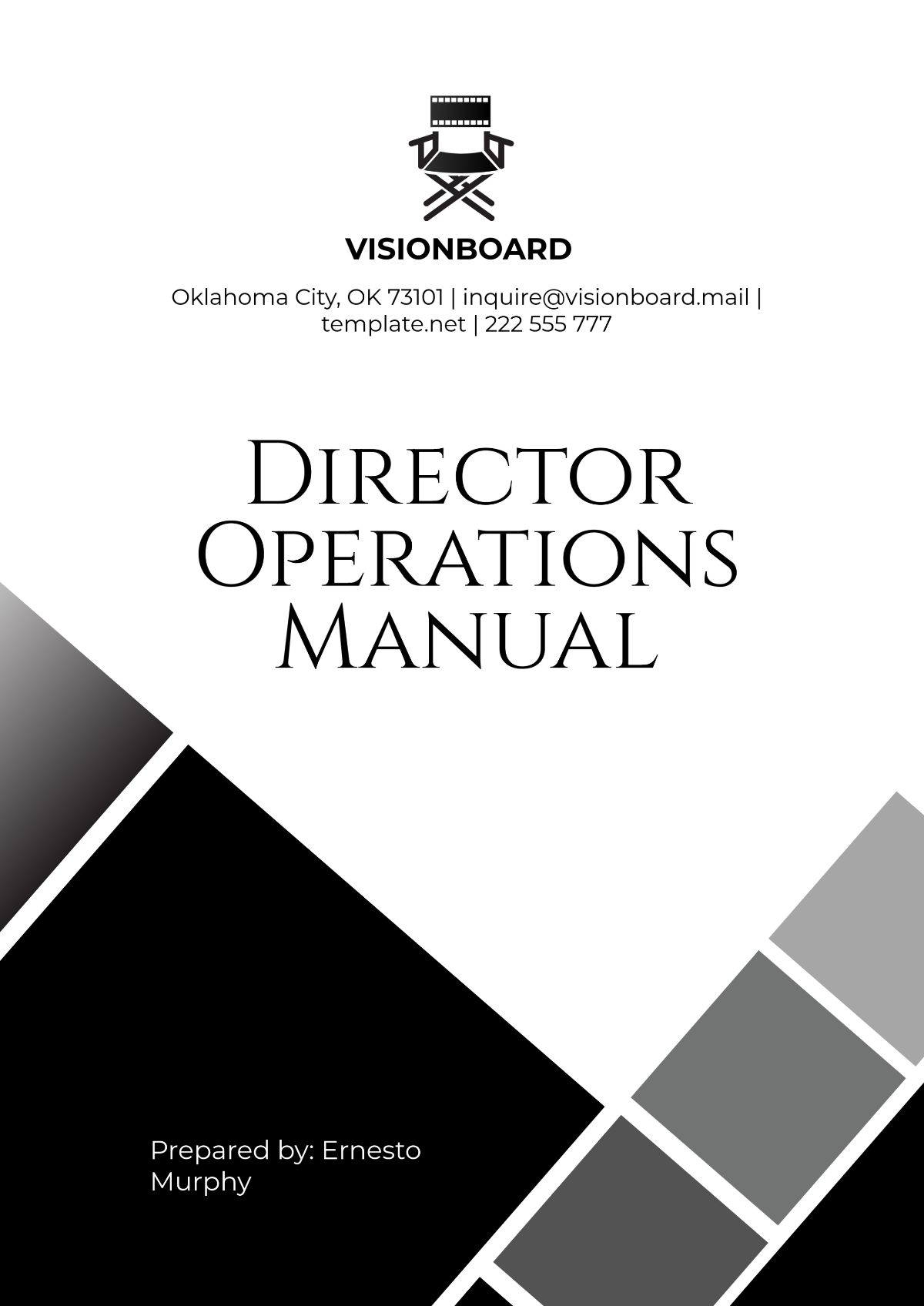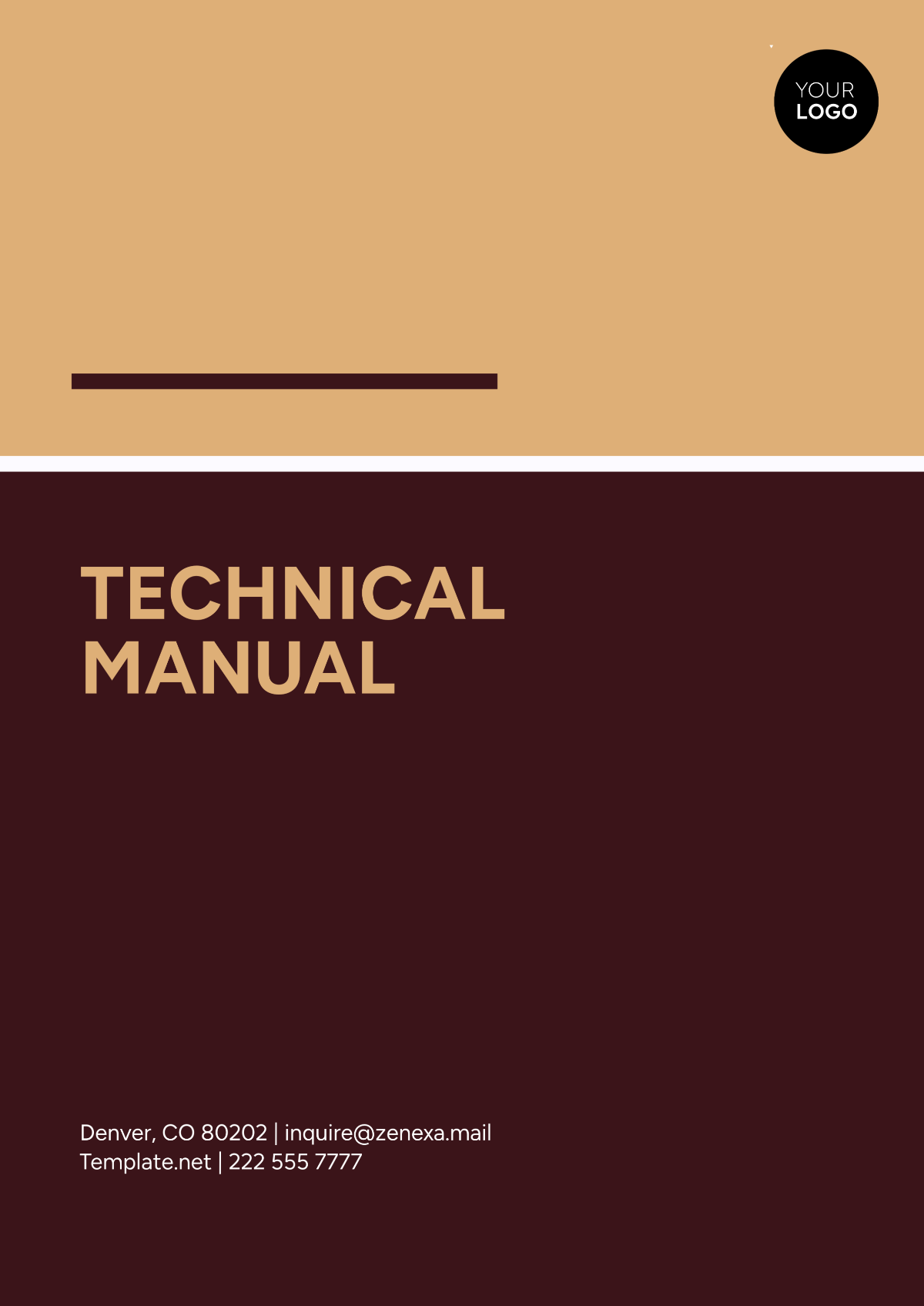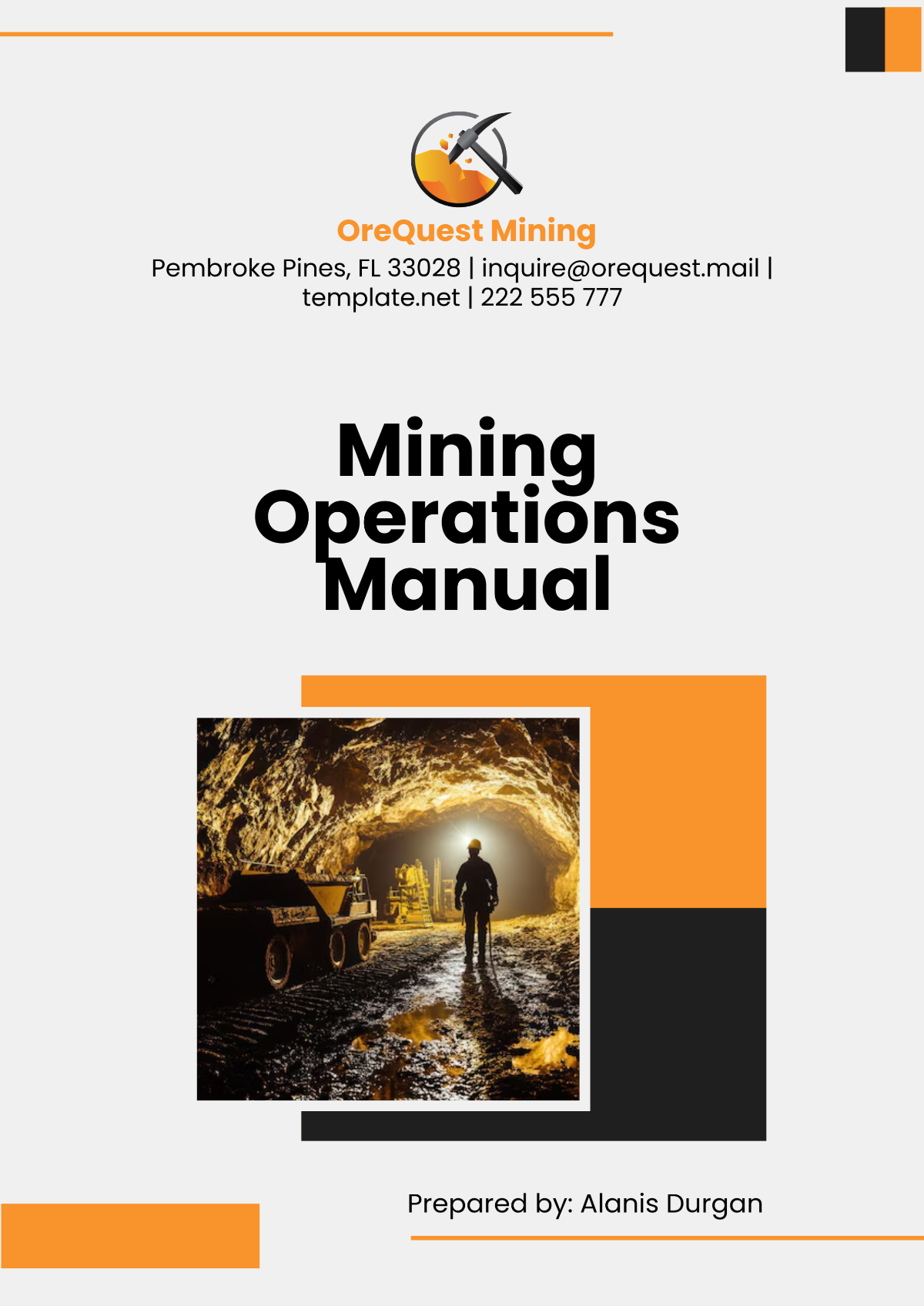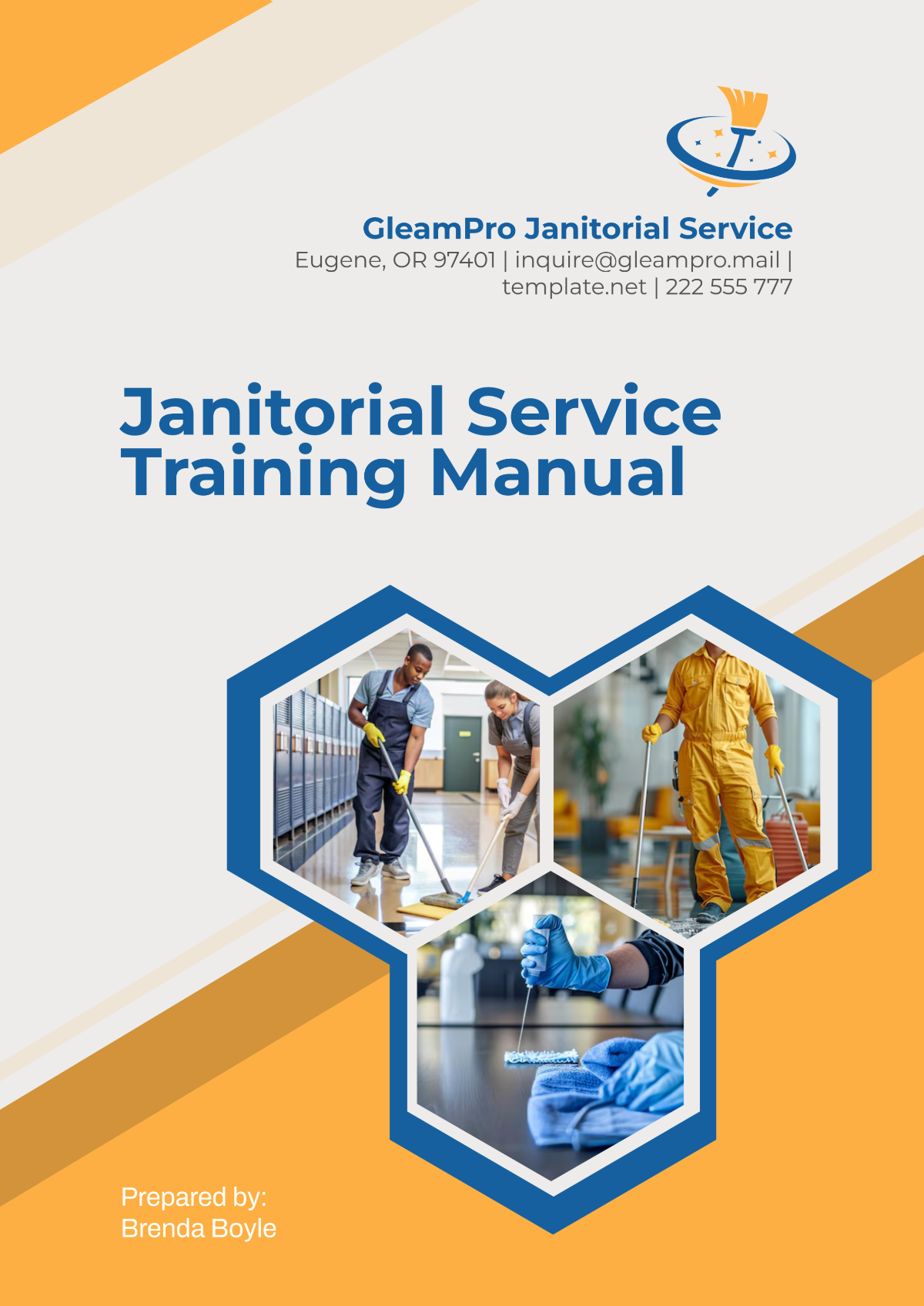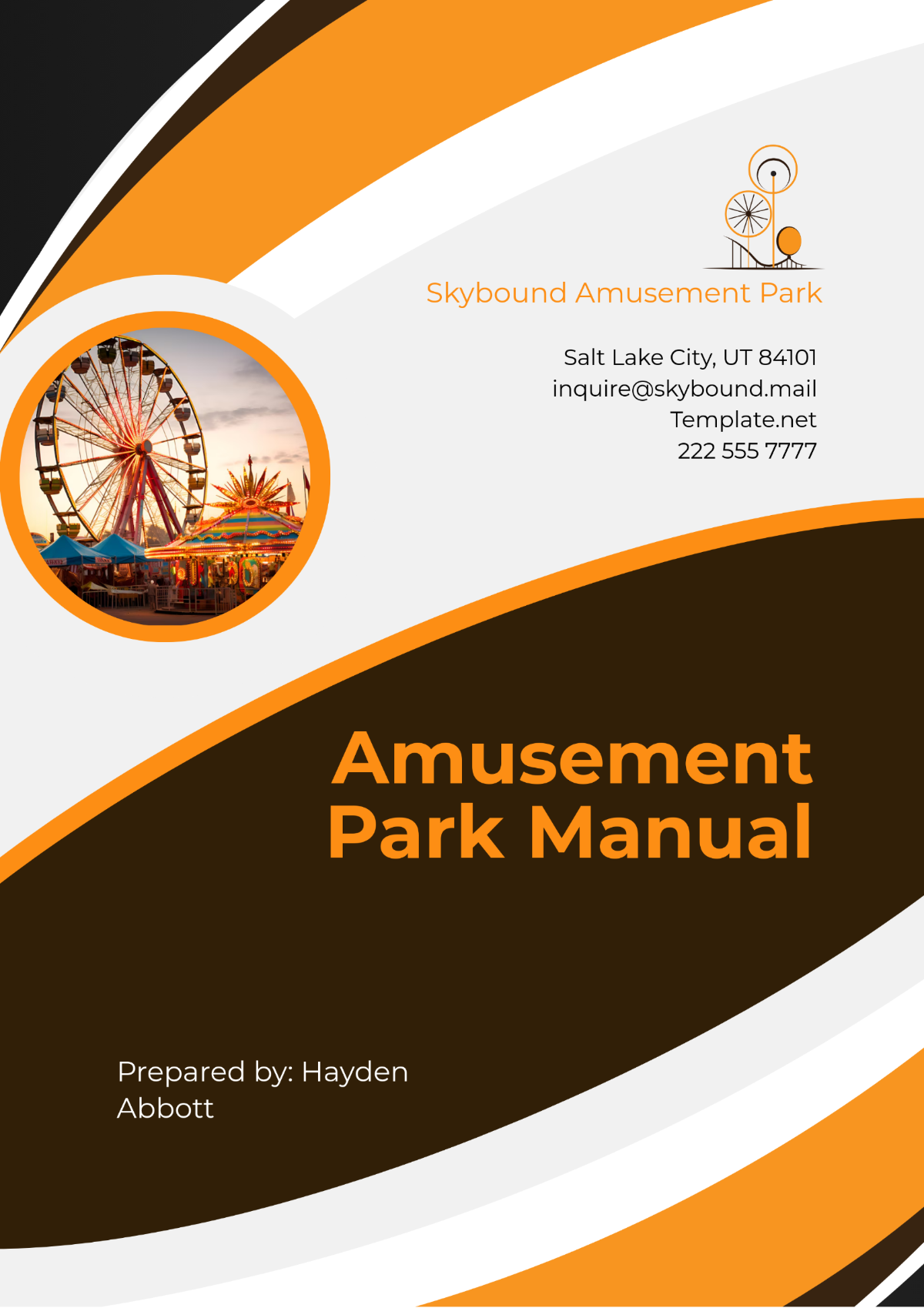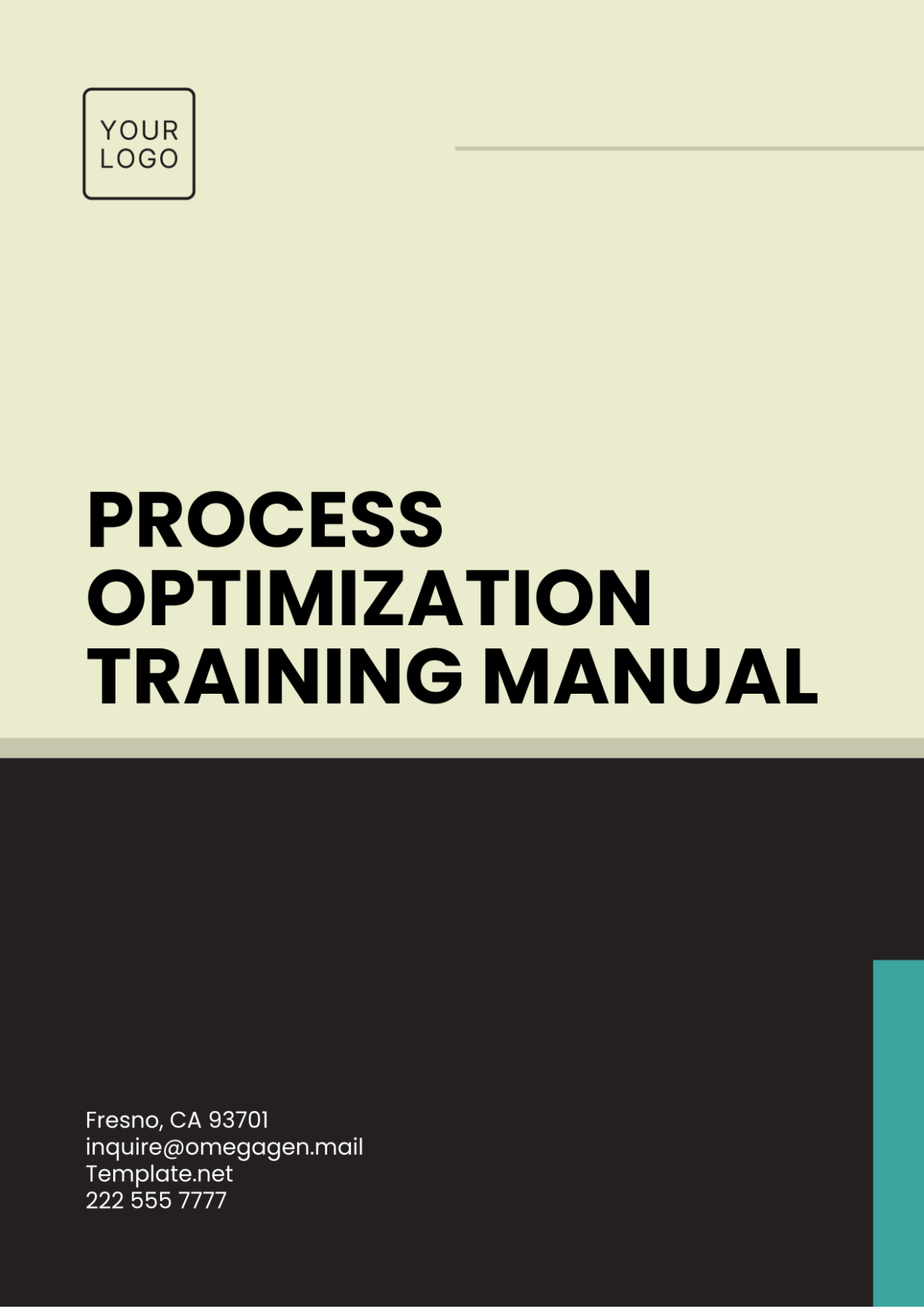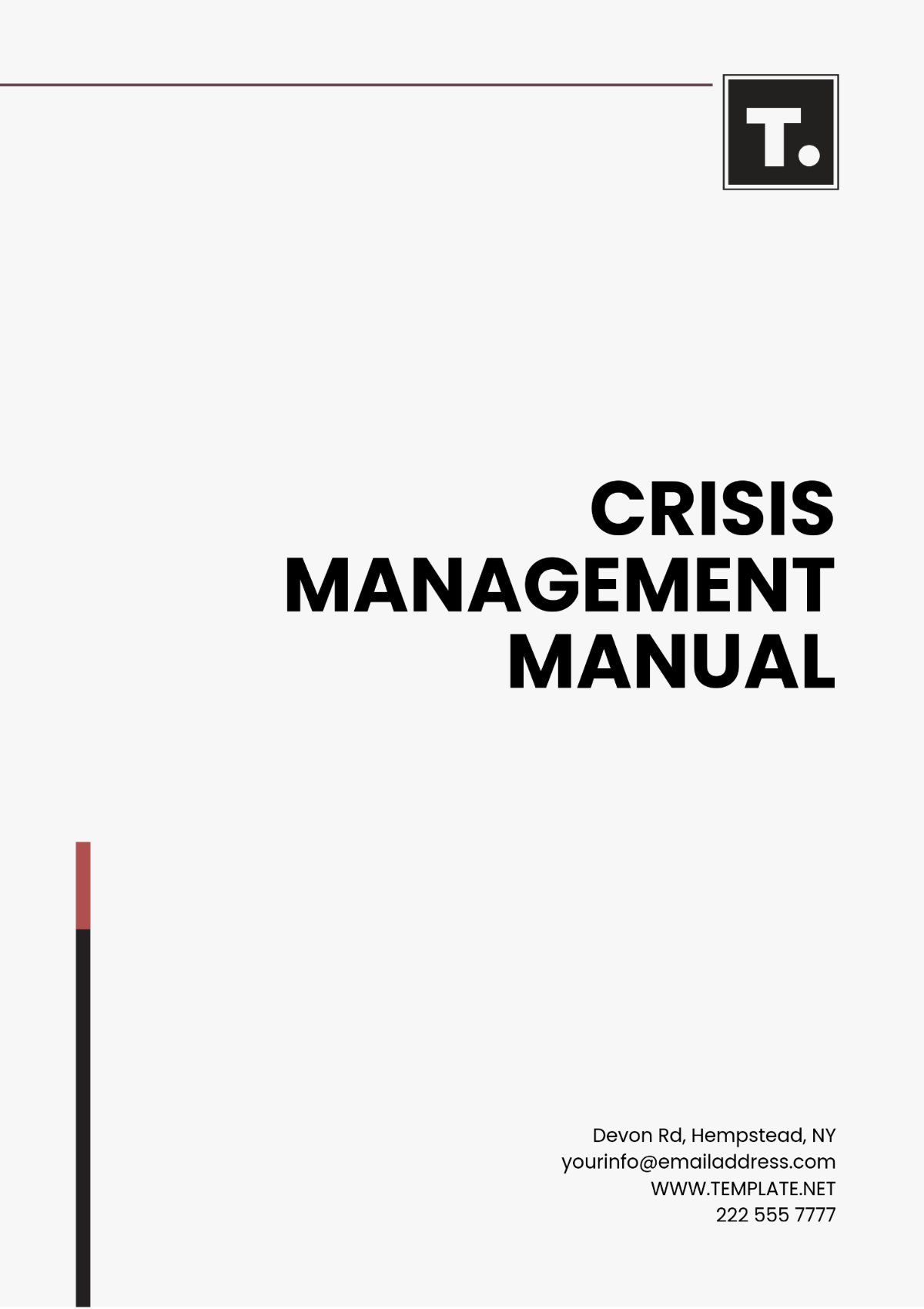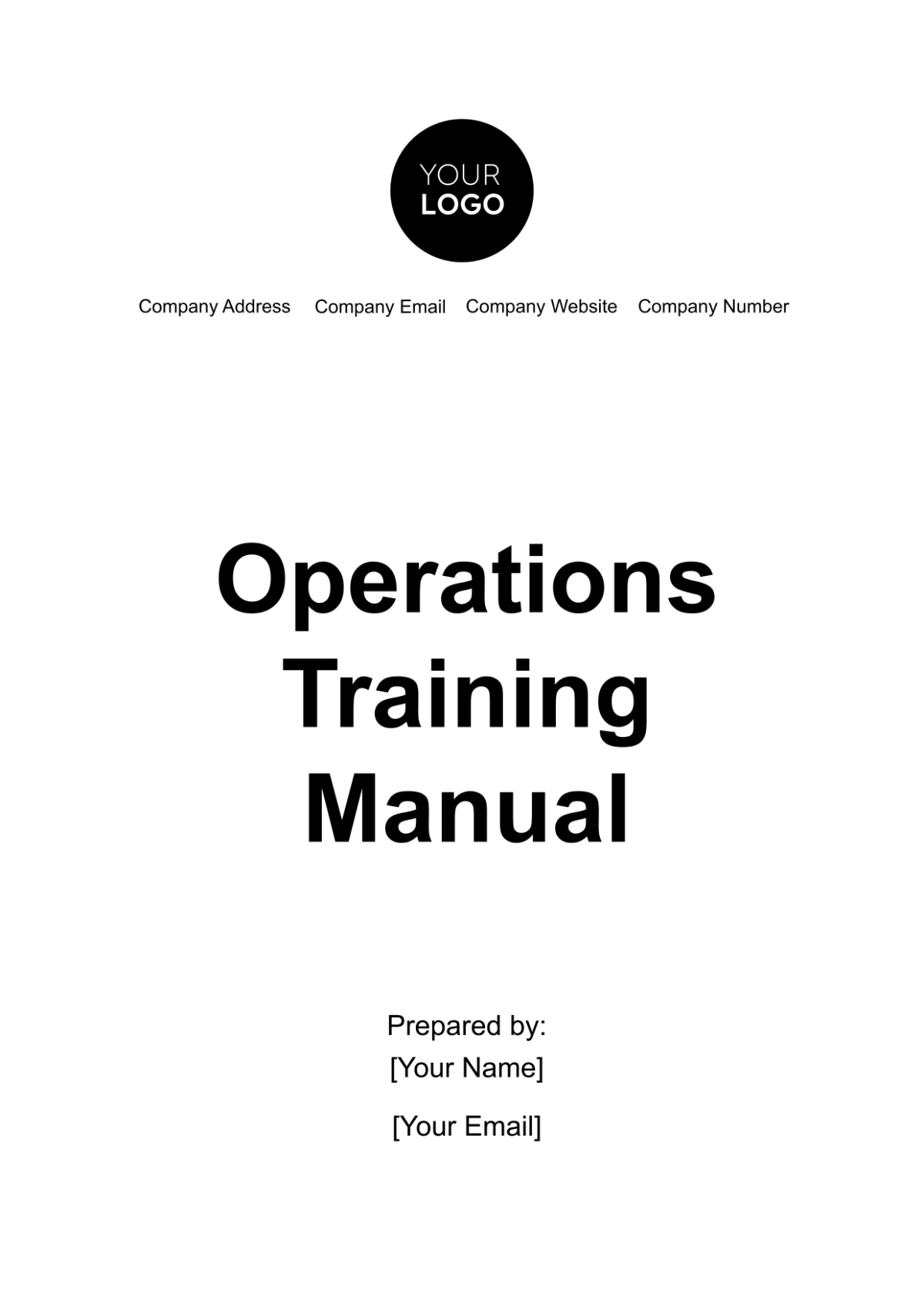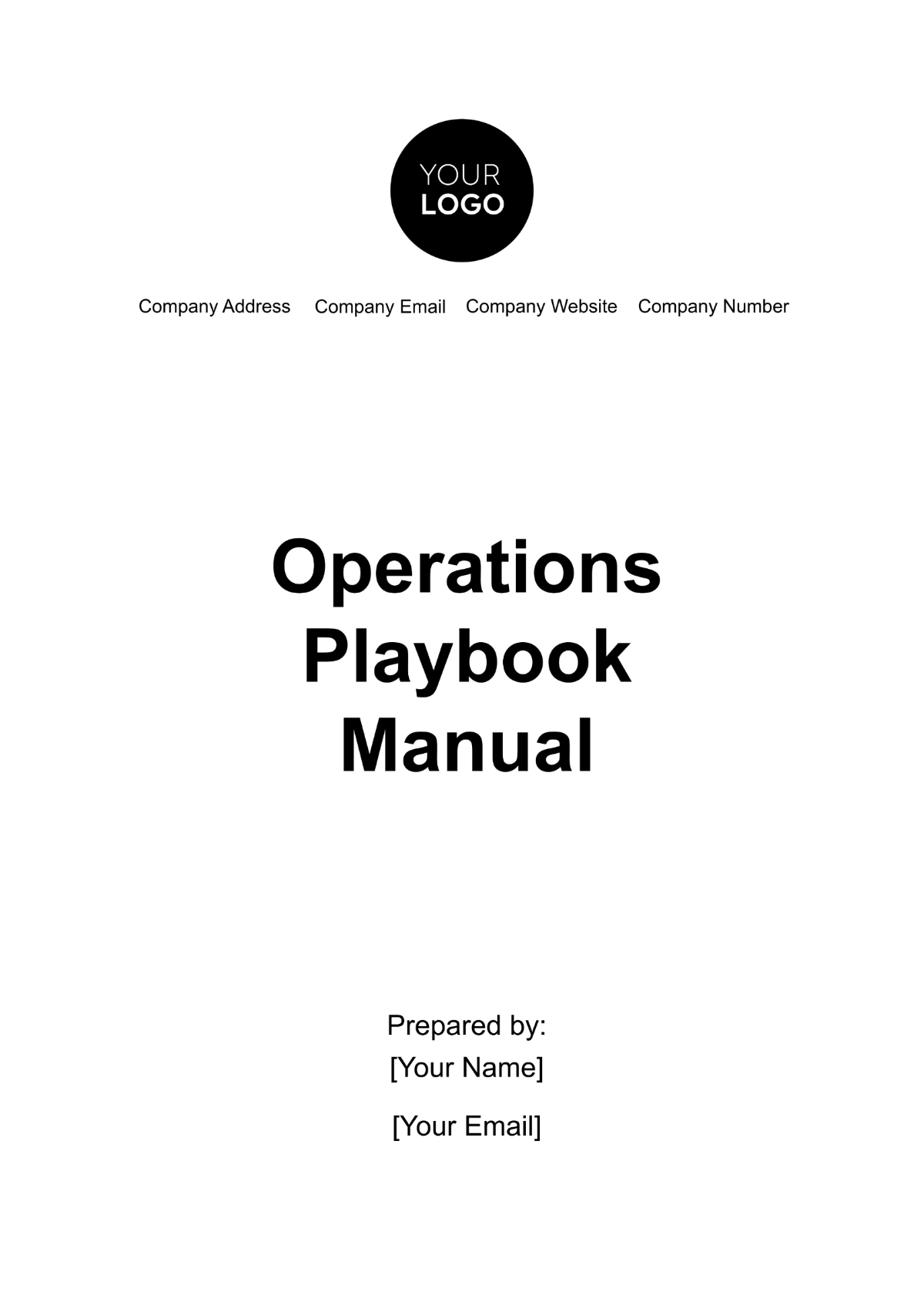Operations Quality Control Manual
1. Introduction
Welcome to the [Your Company Name] Operations Quality Control Manual. This document is designed to ensure that all employees understand our quality control procedures and the critical role they play in maintaining the highest standards for our products and services. This manual outlines the systematic processes and procedures implemented to monitor and improve the quality of our operational activities.
The effectiveness of our quality control program is foundational to our success and competitiveness in the marketplace. It reflects our commitment to excellence and our dedication to delivering products and services that not only meet but exceed our customers' expectations. By adhering to the practices outlined in this manual, we aim to foster a culture of quality that permeates every level of our organization. It is a collective responsibility, requiring the active participation and commitment of all employees, to ensure that we continue to uphold the standards of quality that define [Your Company Name]. Through this manual, we provide the necessary guidance and resources for our team to achieve these objectives, ensuring that quality remains at the forefront of everything we do.
2. Quality Control Policy
At [Your Company Name], our commitment to quality is unwavering. We strive to exceed customer expectations through continuous improvement of our processes and products. This section outlines our company's policy regarding quality control and the overarching objectives that guide our actions.
A. Company’s Commitment to Quality:
[Your Company Name] is dedicated to delivering products and services of the highest quality. To uphold this commitment, we maintain a rigorous Quality Control System that encompasses every aspect of our operations.
B. Quality Objectives:
To ensure all products and services meet or exceed customer requirements.
To continuously improve the effectiveness of our quality control processes.
To ensure compliance with all applicable legal and regulatory requirements.
To enhance customer satisfaction through timely delivery and exceptional service.
C. Roles and Responsibilities:
Roles | Responsibilities |
|---|---|
Quality Control Manager | Oversees the entire quality control department, ensuring compliance with quality standards and continuous improvement of processes. |
Quality Control Inspectors | Responsible for conducting inspections and tests on incoming materials, in-process production, and finished products. |
Operations Staff | Must adhere to quality control procedures and participate in training programs to maintain high-quality standards. |
Senior Management | Ensures the provision of necessary resources for the effective implementation of the quality control system. |
3. Quality Control Systems and Procedures
This section details the systems and procedures that form the foundation of our Quality Control Program.
A. Documentation and Record-Keeping Procedures
Proper documentation is crucial for maintaining the integrity of our Quality Control System. The following table outlines the key documents and records maintained by [Your Company Name]:
Document Type | Purpose | Retention Period |
|---|---|---|
Quality Control Manual | Outlines QC policies and procedures | Indefinite |
Inspection Reports | Records findings from material and product inspections | 5 Years |
Training Records | Documents training sessions attended by employees | 3 Years |
Audit Reports | Summarizes the findings from internal audits | 5 Years |
Non-Conformance Reports | Details any deviations from quality standards | 5 Years |
B. Standard Operating Procedures (SOPs) for Quality Control
SOPs are detailed instructions that describe the specific steps necessary to perform quality control tasks. They are developed for all critical processes, including incoming material inspection, in-process monitoring, and final product validation.
4. Quality Control Processes
A. Incoming Material Inspection
All materials received at [Your Company Name] undergo a strict inspection process to ensure they meet our quality standards. The process is outlined as follows:
Verification of Shipments:
Check the shipment against the purchase order to ensure accuracy.
Inspect the packaging for damage.
Quality Inspection:
Random sampling of materials based on the AQL (Acceptable Quality Level) standards.
Conduct visual inspections, measurements, and any required tests to verify material quality.
Record Keeping:
Document the inspection results in the Incoming Material Inspection Report.
Approve materials for use or flag for rejection based on the inspection outcomes.
B. In-Process Quality Control Checks
To ensure quality is maintained throughout the production process, the following checks are performed:
First Article Inspection:
Conduct an in-depth review of the first product unit produced to ensure all specifications are met.
Routine Process Monitoring:
Regular inspections and tests are conducted at designated stages of the production process to monitor quality and compliance with specifications.
Corrective Actions:
In cases where deviations are detected, immediate corrective actions are taken to rectify the issue and prevent recurrence.
Final Product Quality Assurance
The final step in our quality control process involves a comprehensive inspection of the finished product to ensure it meets all quality standards before shipment to the customer.
Final Inspection:
A thorough examination of the finished product using both visual inspection and functional testing, as applicable.
Packaging and Labeling Verification:
Ensure that packaging and labeling meet customer specifications and regulatory requirements.
Release for Shipment:
Once a product passes the final inspection, it is approved for shipment. The Quality Control Inspector signs off on the Product Release Form, indicating the product meets all quality criteria.
C. Final Product Quality Assurance
Packaging and Labeling Verification:
Ensure that all products are correctly packaged and labeled according to customer specifications and regulatory requirements.
Verify batch numbers, expiry dates (if applicable), and product codes are accurately displayed.
Quality Release:
Products that meet all quality criteria are approved for shipment.
Document the release in the Quality Assurance Release Report, which is then filed with the product’s batch records.
5. Quality Control Tools and Techniques
At [Your Company Name], we employ a variety of quality control tools and techniques designed to ensure the highest standards of quality are consistently met. Among these, Statistical Process Control (SPC) stands as a cornerstone, enabling us to monitor and control our processes through the use of statistical methods. This approach helps us identify when processes are deviating from set parameters, allowing for timely adjustments. Quality control charts are another vital tool in our arsenal, providing a visual representation of process variations over time. These charts are instrumental in identifying trends and pinpointing outliers, facilitating swift corrective actions.
Root Cause Analysis (RCA) is a systematic technique we utilize to determine the underlying causes of any deviations or issues identified. By addressing these root causes, we can implement effective corrective actions that prevent recurrence. Moreover, continuous improvement methods, such as PDCA (Plan-Do-Check-Act) and Six Sigma, are embedded into our culture. These methodologies guide our efforts in making ongoing, incremental improvements to processes, products, and services, ensuring that we not only meet but exceed the expectations of our customers and stakeholders. Through these tools and techniques, [Your Company Name] demonstrates its unwavering commitment to quality and continuous improvement, setting the foundation for operational excellence and customer satisfaction.
6. Training and Competence
The dedication to quality at [Your Company Name] extends beyond systems and procedures; it is embodied by our people. Recognizing that our employees are the linchpin of our quality control efforts, we invest significantly in training and competence development. Our comprehensive quality control training programs are designed to equip our staff with a deep understanding of quality principles, our specific procedures, and the tools they need to apply these principles effectively in their roles. These programs ensure that all team members, from new hires to seasoned professionals, have the requisite knowledge and skills to contribute to our quality objectives.
For positions where specialized knowledge is paramount, we outline clear certification requirements, supporting our personnel in achieving and maintaining these qualifications. This commitment to professional development not only enhances individual capabilities but also elevates our collective expertise in quality control. To ensure ongoing competence and alignment with our evolving quality standards, we conduct regular assessments and performance evaluations. These evaluations provide valuable feedback, highlighting areas of strength and identifying opportunities for further training or improvement. Through this holistic approach to training and competence, [Your Company Name] fosters a workforce that is not only proficient but also deeply committed to upholding our standards of excellence.
7. Quality Control Equipment
The equipment used in quality control processes is critical for accurate measurements and assessments:
List of Equipment: Includes all tools and instruments used in quality control, such as calipers, micrometers, and spectrophotometers.
Calibration and Maintenance: Outlines the schedule and procedures for regular equipment calibration and maintenance to ensure ongoing accuracy and reliability.
Equipment Validation Procedures: Describes the process for validating new equipment before use in quality control activities.
8. Supplier Quality Management
Maintaining high-quality standards requires rigorous oversight not only of our internal processes but also of the entire supply chain. Our Supplier Quality Management program is designed to ensure that every product component, raw material, and service provided by our suppliers meets or exceeds our stringent quality requirements. This comprehensive approach encompasses several key components:
Components | Description |
|---|---|
Supplier Selection and Evaluation |
|
Supplier Quality Agreements |
|
Monitoring Supplier Performance |
|
9. Customer Feedback and Complaint Handling
Customer feedback is an invaluable resource for continuous improvement and customer satisfaction. Our dedicated process for capturing, analyzing, and responding to customer feedback ensures that we not only address individual concerns but also integrate valuable insights into our quality improvement initiatives.
A. Customer Feedback Collection Methods:
Multiple channels for customer feedback, including surveys, direct customer service interactions, social media, and review platforms.
Proactive outreach to customers following purchase or service delivery to gather insights and assess satisfaction.
Integration of feedback collection into our website and mobile apps, making it easy for customers to share their experiences.
B. Complaint Handling Procedure:
A structured process for logging customer complaints, assigning responsibility, and tracking progress towards resolution.
Immediate acknowledgment of complaints received, with a commitment to investigate and resolve issues within a specified timeframe.
Escalation procedures for serious or unresolved complaints, ensuring they are brought to the attention of senior management for prompt action.
C. Corrective Action Process:
Analysis of complaint data to identify trends, recurring problems, and potential areas for systemic improvement.
Implementation of corrective actions to address the root causes of complaints, which may involve revising procedures, conducting additional staff training, or making changes to product design.
Follow-up with customers who have made complaints to inform them of the actions taken and to verify resolution of the issue to their satisfaction.
10. Internal Audits and Reviews
Internal audits and reviews are pivotal in ensuring the integrity and effectiveness of [Your Company Name]'s quality control system. By systematically examining our operations, policies, and procedures, these audits help identify areas for improvement, confirm compliance with internal and external standards, and ensure that corrective actions from previous audits have been effectively implemented. Our internal audit process is structured to be comprehensive, impartial, and consistent, providing valuable insights that drive continuous improvement.
The audit cycle begins with the planning stage, where audit objectives, scope, and criteria are established. This is followed by the selection of an audit team that possesses the necessary knowledge and skills relevant to the audit scope. During the execution phase, auditors collect and analyze evidence through interviews, observation of processes, and review of documents and records. Findings are then discussed with the audited parties to ensure accuracy and understanding. The audit concludes with a report that summarizes the findings and recommendations for improvement. Management reviews these findings and is responsible for developing and implementing corrective action plans in a timely manner.
Regular management review meetings play a crucial role in this process, providing a forum for senior leadership to assess the overall effectiveness of the quality management system, review audit outcomes, and monitor the progress of improvement initiatives. These reviews ensure that quality objectives remain aligned with the strategic direction of the company and that resources are appropriately allocated to address identified issues.
11. Continuous Improvement
[Your Company Name] is committed to continuous improvement in all aspects of our operations:
Methods | Description |
|---|---|
Identifying Areas for Improvement | Methods for identifying and prioritizing opportunities for quality improvement. |
Implementing Quality Improvement Projects | Process for planning, executing, and monitoring the progress of improvement projects. |
Monitoring and Reporting Improvement Results | Mechanisms for tracking the effectiveness of improvement efforts and reporting progress to stakeholders. |
12. Quality Control Records
The meticulous management of quality control records is essential for demonstrating compliance with quality standards, facilitating audits, and supporting continuous improvement efforts. At [Your Company Name], we maintain a comprehensive system for creating, reviewing, storing, and disposing of records that document the implementation and effectiveness of our quality control processes. This system ensures that records are easily accessible to authorized personnel while being protected against unauthorized access, alteration, or loss.
Quality control records include documentation of inspections and tests, training records, audit reports, corrective and preventive action documents, and customer feedback. Each type of record has a defined retention period that complies with regulatory requirements and best practices, ensuring that information is available for review or analysis for an appropriate length of time. For example, inspection reports may be retained for several years to support trend analysis and product traceability, while training records are kept to demonstrate the competence of our staff.
The confidentiality and security of quality control records are of paramount importance. Access to these records is restricted to individuals who require them for their job responsibilities, and strict controls are in place to prevent unauthorized access or data breaches. Digital records are protected through secure servers and backup systems, while physical records are stored in secure, environmentally controlled facilities.
By adhering to these rigorous standards for internal audits, reviews, and record management, [Your Company Name] upholds its commitment to quality, continuous improvement, and compliance with applicable regulations and standards. This systematic approach ensures that our operations not only meet but exceed the expectations of our customers and stakeholders.

